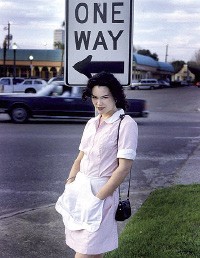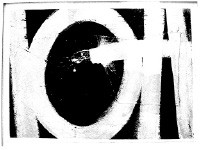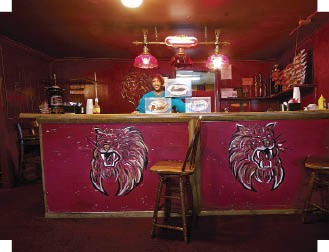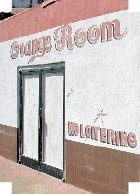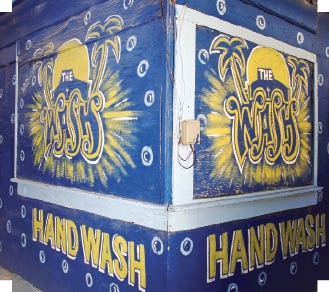VISUAL ARTS AND EXHIBITIONS
Belz Museum of Asian and Judaic Art
119 S. Main, 523-2787
Housing one of the largest collections of artwork from the Q’ing dynasty, the Belz Museum of Asian and Judaic Art also contains such rare items as an imperial cinnabar throne, intricate jade sculptures, and ivory masks. Accompanying activities often include Chinese musical performances, martial arts demonstrations, and calligraphy demonstrations. The museum was founded in 1998 by Memphians Jack and Marilyn Belz, who have been collecting Chinese art since 1968.
The Dixon Gallery and Gardens
4339 Park, 761-5250
dixon.org
Boasting a permanent collection that includes works by Monet, Renoir, Degas, and Cezanne, The Dixon Gallery and Gardens is continuing the lifelong devotion to the arts sparked by Margaret and Hugo Dixon, who left their home and 17-acre estate for Memphians and tourists to enjoy. The Georgian-style residence is surrounded by formal English gardens, open vistas, and woodland areas. Major exhibitions of paintings and sculpture are held throughout the year. Open-air concerts also are held periodically.
Memphis Brooks Museum of Art
Overton Park, 544-6200
brooksmuseum.org
Memphis Brooks Museum of Art maintains a permanent collection that includes a print study room with more than 3,000 works of art on paper, as well as galleries filled with French Impressionism, Flemish and Italian Renaissance and Baroque, and 20th-century art, making Brooks the oldest and largest fine-arts museum in Tennessee. In addition to a series of exhibitions held throughout the year, Brooks also hosts First Wednesdays, social events including entertainment that take place on the first Wednesday evening of every month.
Memphis/Germantown Art League
382-2622
mgal.org
The Memphis/Germantown Art League was formed in 1976 by ten artists meeting in Germantown. Since then, the membership has grown to almost 250 and spans Tennessee and three neighboring states. The purpose of this non-profit organization is to aid its member artists in their professional growth and artistic skills by providing exhibitions, workshops, and demonstrations.
Memphis Jewish Community Center
6560 Poplar, 761-0810
jccmemphis.org
Formed in 1949, the Memphis Jewish Community Center is a multipurpose complex serving more than 6,000 members in the Memphis area. The Shainberg Gallery at the MJCC features several exhibits consisting of mostly paintings and drawings throughout the year.
National Ornamental Metal Museum
374 Metal Museum Drive, 774-6380
metalmuseum.org
Since its humble beginnings in a former military hospital, the National Ornamental Metal Museum’s exhibits have continued to grow in stature over the years. A non-profit organization, the museum relies on funding from donors as well as tuition received from classes and workshops. Exhibits change every two to three months.
College and University Galleries
Galleries throughout the Memphis area offer a wide-ranging schedule of changing exhibitions, usually dedicated to art created by their students and faculty, but often bringing in important traveling exhibitions as well. Major galleries include:
The Art Museum at the University of Memphis
678-2224
amum.org
The university’s art gallery houses two permanent collections, “Egyptian Antiquities” and “The Spirit of Africa,” as well as a wide range of temporary exhibits of contemporary art. Admission is free and guided tours are available for groups of up to 60.
Christian Brothers University Gallery and Museum
650 East Parkway South, 321-3432
cbu.edu/library/gallery
A venue for temporary exhibits which display the work of both students and a variety of guest artists throughout the year.
Jones Hall Gallery
Jones Hall, Room 109, The University of Memphis
678-2216
Lab gallery at the University of Memphis, featuring BFA exhibits, graphic-design shows, and more.
Memphis College of Art
Overton Park, 272-5100
mca.edu
An art and design institution that is committed to recognizing and cultivating the diverse abilities of each student — and to preparing them for a future that will utilize and appreciate their talents to the greatest extent. The gallery presents changing exhibitions — often showcasing the work of faculty and students — throughout the year.
Rhodes College Clough-Hanson Gallery
2000 North Parkway, 843-3442
rhodes.edu
Clough-Hanson shows contemporary works by students and guest artists.
MUSIC AND DANCE
Ballet Memphis
7950 Trinity, 737-7322
balletmemphis.org
Founded in 1985 by Dorothy Gunther Pugh as Memphis Concert Ballet, Ballet Memphis began with just two professional dancers and a $75,000 budget. Today, the company is the most successful ballet organization in the city’s history. Ballet Memphis puts on four shows a year at The Orpheum, while holding classes in classical ballet for all ages and levels.
Classical Ballet
3405 Summer, 323-1947
classicalballetmemphis.org
Classical Ballet was founded in 1989 and is now part of the Germantown Performing Arts Centre. Members of this pre-professional company have won the Craft and Choreography Scholarship from the Southeastern Regional Ballet Festival.
Concerts International
527-3067
home.midsouth.rr.com/webs/ConcertsInternational/
Concerts International has been bringing chamber music to Memphis for 35 years.
Memphis Symphony Orchestra
3100 Walnut Grove, 324-3627
memphissymphony.org
Founded in 1952 as the Memphis Sinfonietta, the Memphis Symphony Orchestra has grown over the years into one of this city’s most important cultural organizations. Today, more than 850 musicians, staff, and volunteers in the Memphis Symphony Orchestra, the Memphis Symphony Chorus, the four separate orchestras within the Memphis Youth Symphony, and the Memphis Symphony League operate with a $3.8 million budget to present music to radio, television, and live audiences of more than half a million people annually.
Opera Memphis
6745 Wolf River Blvd., 257-3100
operamemphis.org
One of the oldest continuously running opera companies in the nation, Opera Memphis often enjoys full houses at the historic Orpheum Theatre. Performances are often in Italian with English translations projected above the stage.
TRAVELING PERFORMANCES / LOCAL VENUES
Bartlett Performing Arts and Conference Center
3663 Appling, 385-6440
bpacc.org
The Bartlett Performing Arts and Conference Center (BPACC) is more than a venue for business meetings and commercial functions. It boasts a performance schedule that spans a diverse selection of disciplines in music and theatre. The BPACC will also be hosting an ongoing Family Series, a Sunday Jazz series, and a Dinnerstage series.
Buckman Performing and Fine Arts Center
60 Perkins Ext., St. Mary’s Episcopal School, 537-1486
stmarysschool.org/thebuckman
Named after the philanthropist Mertie W. Buckman, this center on the campus of St. Mary’s Episcopal School presents concert and dance series that continue throughout the year.
Cannon Center for the Performing Arts
255 N. Main, 726-0915
thecannoncenter.com
Located in downtown Memphis, the Cannon Center offers regular concerts by the Memphis Symphony Orchestra and is a stop for touring children’s shows and popular comedians and musicians.
Germantown Performing Arts Centre
1801 Exeter, 757-7256
gpacweb.com
The Germantown Performing Arts Centre (GPAC) has been hosting excellent performances viewed by Mid-Southerners for 13 years, and this season will continue that tradition. In addition, the IRIS Chamber Orchestra, directed by Michael Stern, will continue a tradition of noteworthy performances.
The Orpheum Theater
Main and Beale, 525-3000
orpheum-memphis.com
The Orpheum proudly stands as one of the original downtown theaters of Memphis and one of the premier performing-arts centers in the Mid-South. In addition to bringing Broadway productions and a wide array of other entertainers to the area, The Orpheum also hosts local companies such as Ballet Memphis and Opera Memphis.
THEATER
Hattiloo Theatre
656 Marshall, 502-3486
hattilootheatre.org
Repertory theater in downtown Memphis presenting classical and original works with largely African-American themes.
Playhouse on the Square and Circuit Playhouse
51 S. Cooper (Playhouse), 1711 Poplar (Circuit), 726-4656
playhouseonthesquare.org
A company of professional actors who live in the Memphis area prepares and produces a variety of shows throughout the year at two primary venues, Playhouse on the Square and Circuit Playhouse.
Poplar Pike Playhouse
7653 Poplar Pike, 755-7775
ppp.org
The Poplar Pike Playhouse at Germantown High School has received wide acclaim for the level of dramatic performance and training it has achieved. Actors coming out of the program have appeared on Broadway and on television.
Rhodes College McCoy Theatre
2000 North Parkway, 843-3839
rhodes.edu
A student-composed cast and crew put on about four productions per year, inviting established actors from the Memphis community to act alongside them and share their acquired knowledge of both the business and craft of drama.
Theatre Memphis
630 Perkins Ext., 682-8323
theatrememphis.org
Theatre Memphis is the longest-running community theater company in the area, with a main stage and the intimate setting of Next Stage, formerly known as the Little Theatre.
TheatreWorks
2085 Monroe, 274-7139
theatreworks.org
TheatreWorks is made up of five organizations: Playwright’s Forum, Emerald Theatre Company, Our Own Voice Theatre Troupe, Memphis Black Repertory Theatre, and Voices of the South.
University of Memphis Theatre and Dance
678-2576 / 678-3184
memphis.edu
Annually puts on a full season of performances that includes plays and dance concerts, featuring both students and faculty.
Other Theatres
Bartlett Community Theatre — bartlettcommunitytheatre.org, 484-2646
Germantown Community Theatre — germantowncommunitytheatre.org, 3037 Forest Hill-Irene, 754-2680
ART GALLERIES
Artists on Central — 2256 Central, 726-0330.
David Lusk Gallery — davidluskgallery.com, 767-3800
DCI Gallery — dcigallery.net, 767-8617
Delta Axis @ Marshall Arts Studio — deltaaxis.org, 522-9483
Fountain Art Gallery — fountaingallery.com, 458-7100
Jack Kenner Photography — jackkenner.com, 722-8877
Java Cabana (coffeehouse with gallery) — javacabanacoffeehouse.com, 272-7210
L Ross Gallery — lrossgallery.com, 292-5559
Lisa Kurts Gallery — lisakurts.com, 683-6200
Lulalyn — lulalyn.com, 278-0111
Material — 2553 Broad,
MO’s Memphis Originals — mosedge.com, 413-1315
Montyshane Gallery — montyshane.com, 413-8865
Painted Planet — 2158 Young, 728-6278
Perry Nicole Fine Art — perrynicole.com, 405-6000
DANCE
Dance Works — danceworksinc.org, 333-5174
Now in its 21st year, Dance Works offers classes in classical ballet and modern dance and will add hip-hop in 2008. Performances, often featuring renown guest teachers, are presented four times a year.
New Ballet Ensemble — newballet.org, 726-9225
The New Ballet Ensemble goes one step beyond classical ballet training, embracing all forms of dance from hip-hop to modern. The troupe presents several shows a year, including its annual crowd-pleasing “Nut Re-Mix,” a twist on the classic Tchaikovsky ballet.
Project: Motion — projectmotiondance.org
Dance collective specializing in modern dance.
FILM
Indie Memphis — Focuses on Southern filmmaking and Southern films. Yearly festival. indiememphis.com, 246-7086.
MeDiA Co-op — Group devoted to digital filmmaking. MeDia Co-op hosts screenings, workshops, and a yearly festival. mediaco-op.org, 278-9077.
Memphis Film Forum — Hosts annual Memphis International Film Festival, bringing in actors and filmmakers. memphisfilmforum.org, 273-0014.
MUSIC
Beethoven Club Series — beethovenclub.org, 274-2504
Calvary and the Arts — calvaryjc.org, 525-6602
Germantown Symphony Orchestra, germantownsymphony.org, 755-8708
Lindenwood Concerts — lindenwoodcc.com, 458-1652
Memphis Chamber Music Society — 758-0150
Memphis Vocal Arts Ensemble — memphisvocalarts.org, 458-9766
READINGS AND BOOK SIGNINGS
Barnes & Noble — 794-9394 (Winchester), 386-2468 (Wolfchase)
Bookstar — 323-9332
Borders Books and Music — 754-0770
Brentano’s — 763-1945
Burke’s Book Store — 278-7484
David-Kidd Booksellers — 683-9801
Java Cabana — 272-7210
River City Writers Series — 678-4591
Waldenbooks — 373-5301 (Wolfchase), 360-8023 (Hickory Ridge)
Xanadu Book Store — 274-9885
OTHER ORGANIZATIONS
Blues Foundation — Sponsors events that promote the blues. blues.org, 527-2583.
Center for Southern Folklore — Downtown venue offers live music, coffee and beer bar, retail shop, and a museum. southernfolklore.com, 525-3655.
Harrell Performing Arts Theatre — The town of Collierville’s concert hall and cultural center offers musical, theatrical, and dance performances as well as community classes. harrelltheatre.org, 853-3228.
Lantana Projects — Lantana Projects is an international artist residency program. Exhibits and arts-related events occur throughout the year. lantanaprojects.org, 491-3821
Memphis Black Arts Alliance, Inc. — The Alliance offers a wide selection of classes, as well as a venue for performers. memphisblackartsalliance.org, 948-9522.
Memphis Pink Palace Family of Museums — Includes Pink Palace and Museum, the IMAX Theatre, Sharpe Planetarium, and the Lichterman Nature Center, the Pink Palace Family hosts various arts programming all year long. One popular event is the annual Crafts Fair in October. www.memphismuseums.org, 320-6365.
ArtsMemphis
578-2787
artsmemphis.org
ArtsMemphis provides operating funding for more than 20 local arts groups, including Ballet Memphis, Opera Memphis, the Memphis Symphony Orchestra, Theatre Memphis, and Memphis Brooks Museum of Art.
UrbanArt Commission
525-0880
urbanartcommission.org
This commission champions public art and urban design in Memphis and Shelby County. Projects include the Cooper-Young trestle, the walkway outside the Benjamin L. Hooks Central Library, and the aluminum sculptures of dancers at Ballet Memphis.
South Main Arts District
southmainmemphis.org
In recent years, old warehouses and stores in a once-neglected area of downtown Memphis have been refurbished into shops, restaurants, and galleries. On the last Friday of every month, visitors can hop aboard the Main Street trolleys for tours of the area’s many art galleries, which include:
Art Village Studio and Gallery — 410 South Main, 521-0782
D’Edge Art & Unique Treasures — 550 South Main, 521-0054
Delta Axis Power House —45 G.E. Patterson, 578-5545
Disciple Gallery — 390 South Main, 386-4299
Jack Robinson Gallery & Archive — 44 Huling, 576-0708
Jay Etkin Gallery — 409 South Main, 543-0035
Joysmith Studio — 46 Huling, 543-0505
Memphis College of Art On the Street Gallery — 338 S. Main, 272-5100
Rivertown Gallery — 125 South Main, 527-7573
Sue Layman Designs — 125 G.E. Patterson, 527-2872
Then and Again — 521 South Main, 521-9846
Related Stories…
The Magic 2008-Ball
Calendar 2008
Education Listings
Entertainment Listings
Government Listings
Health Listings
Media Listings
Recreation Listings
Shopping Listings
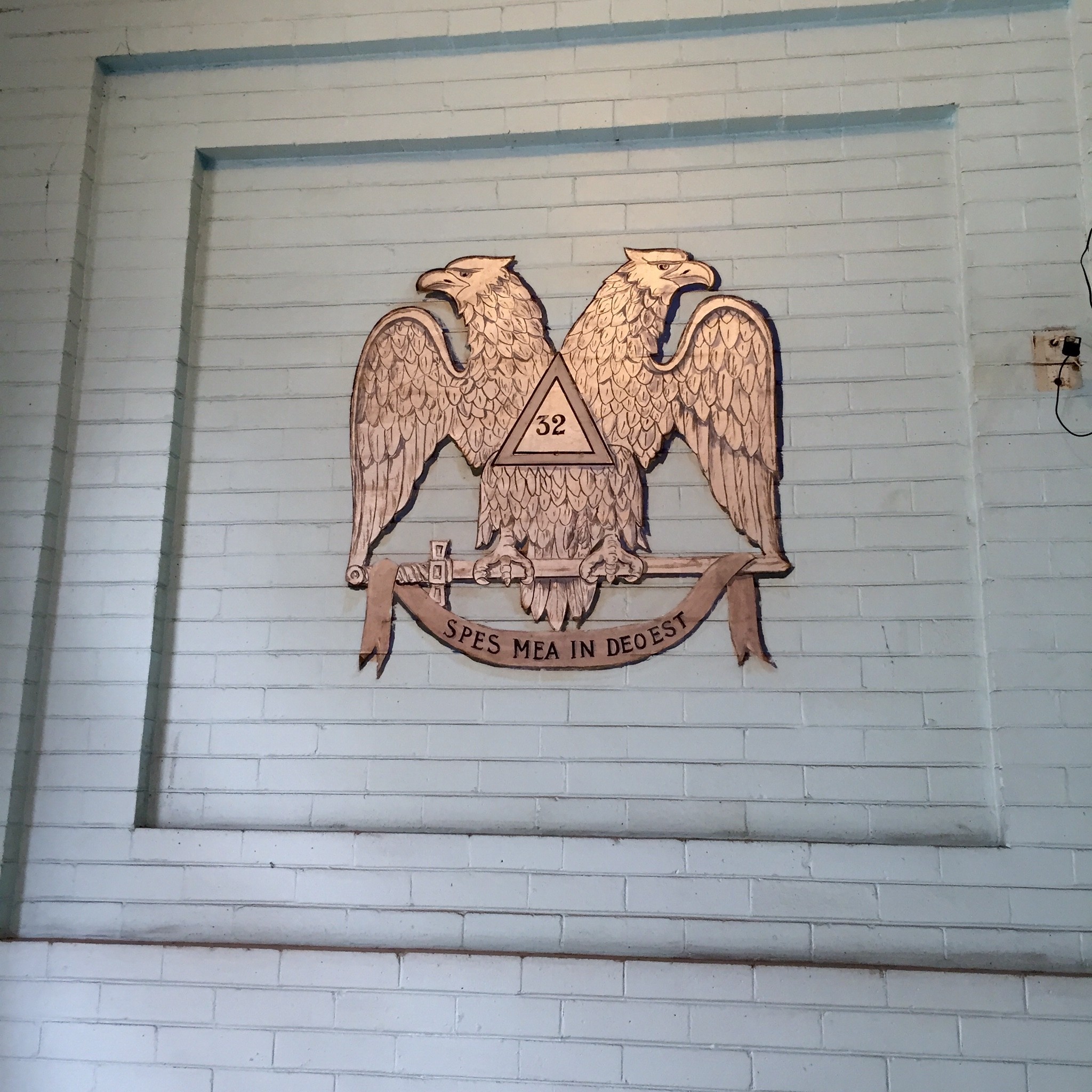
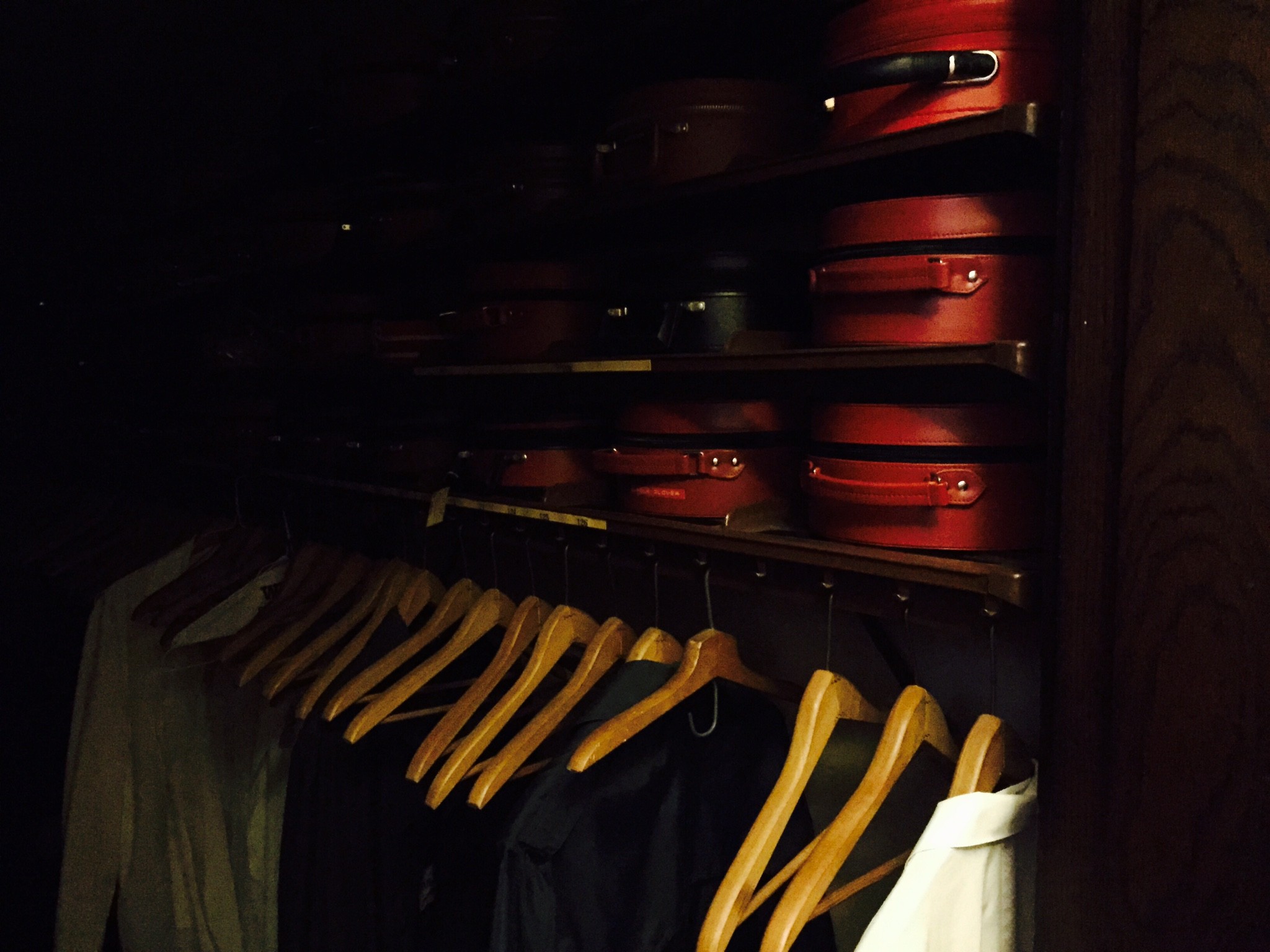
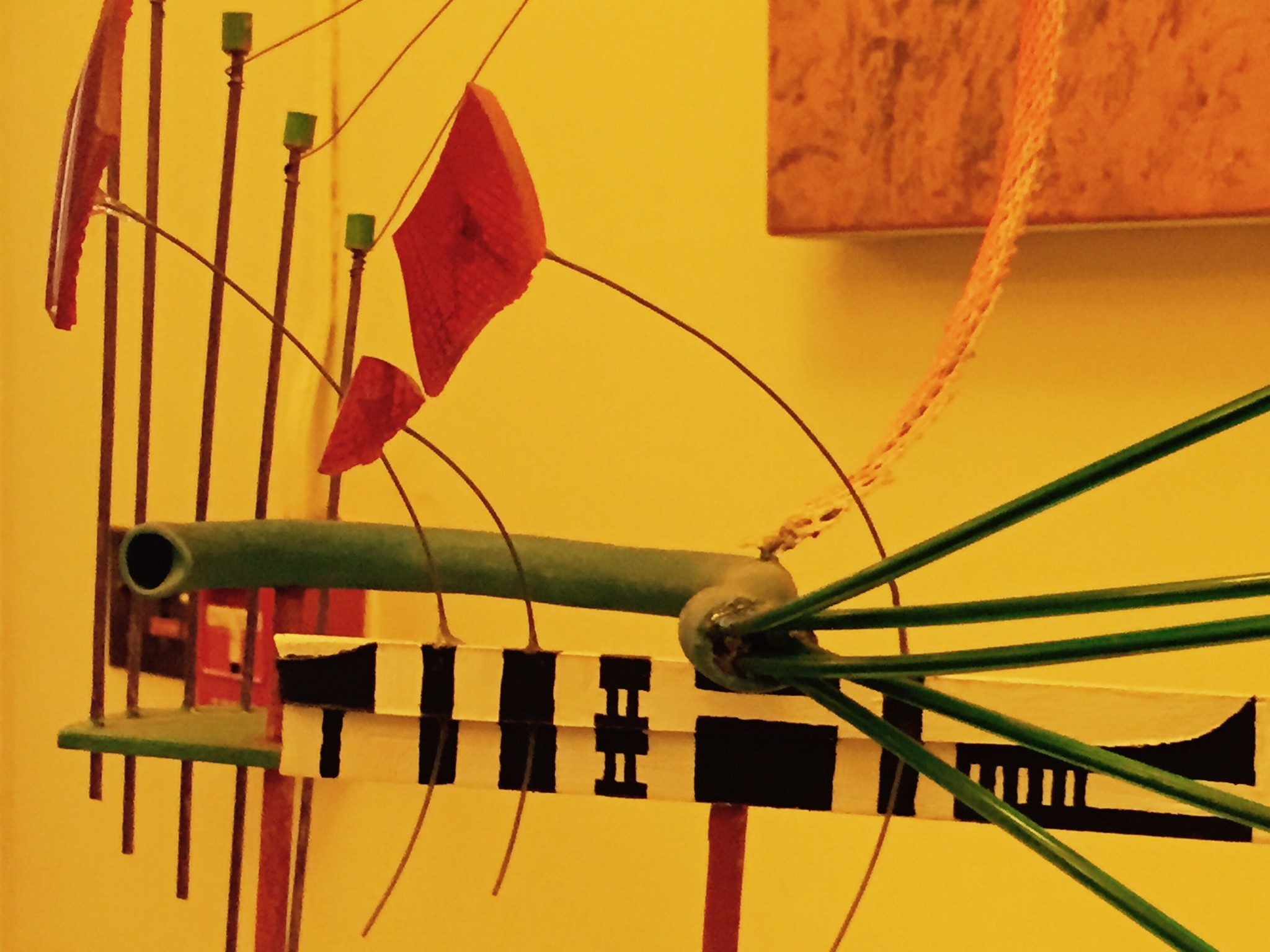 Sculpture by Roy Tamboli
Sculpture by Roy Tamboli 
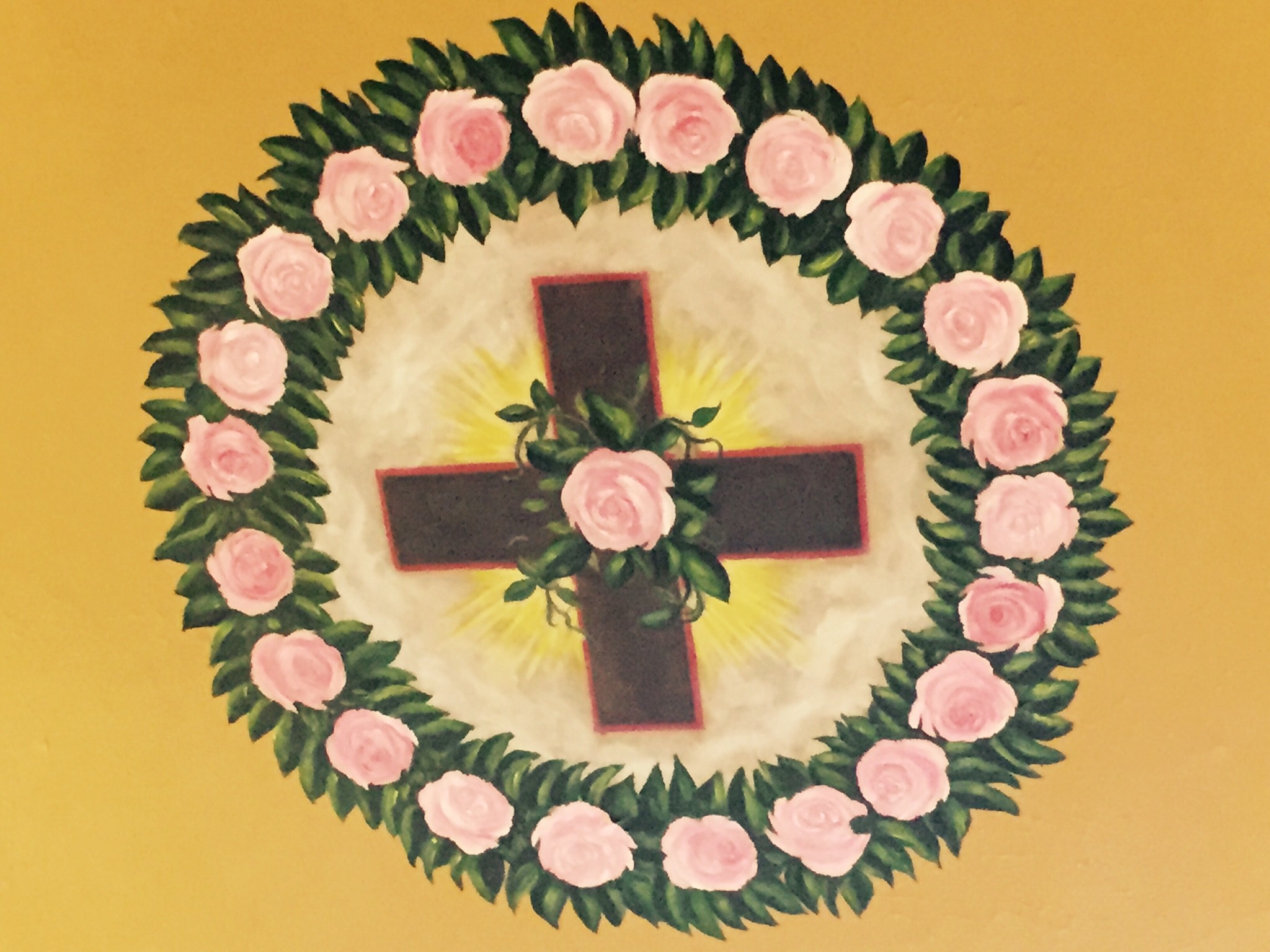
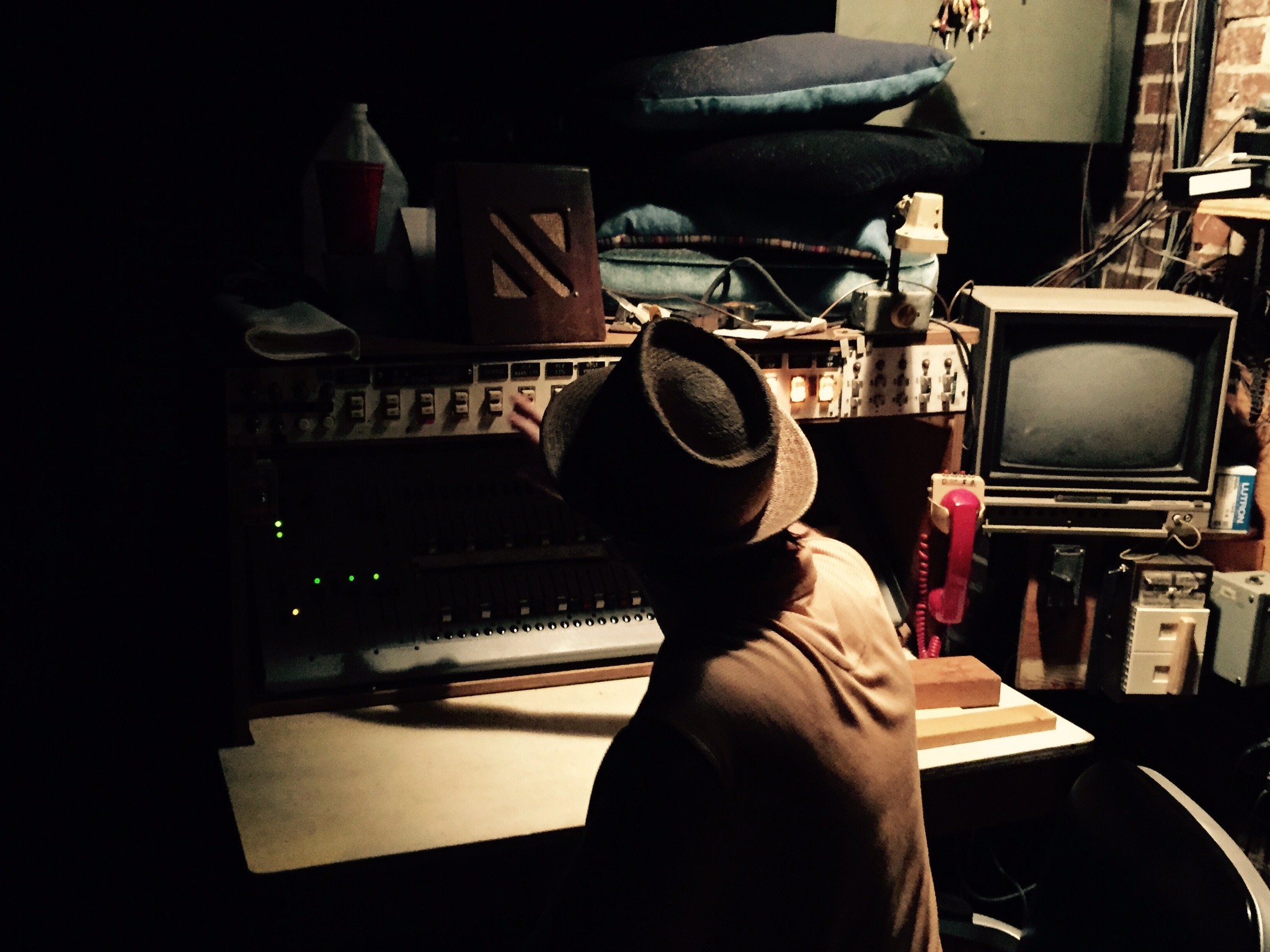 Chris Davis
Chris Davis 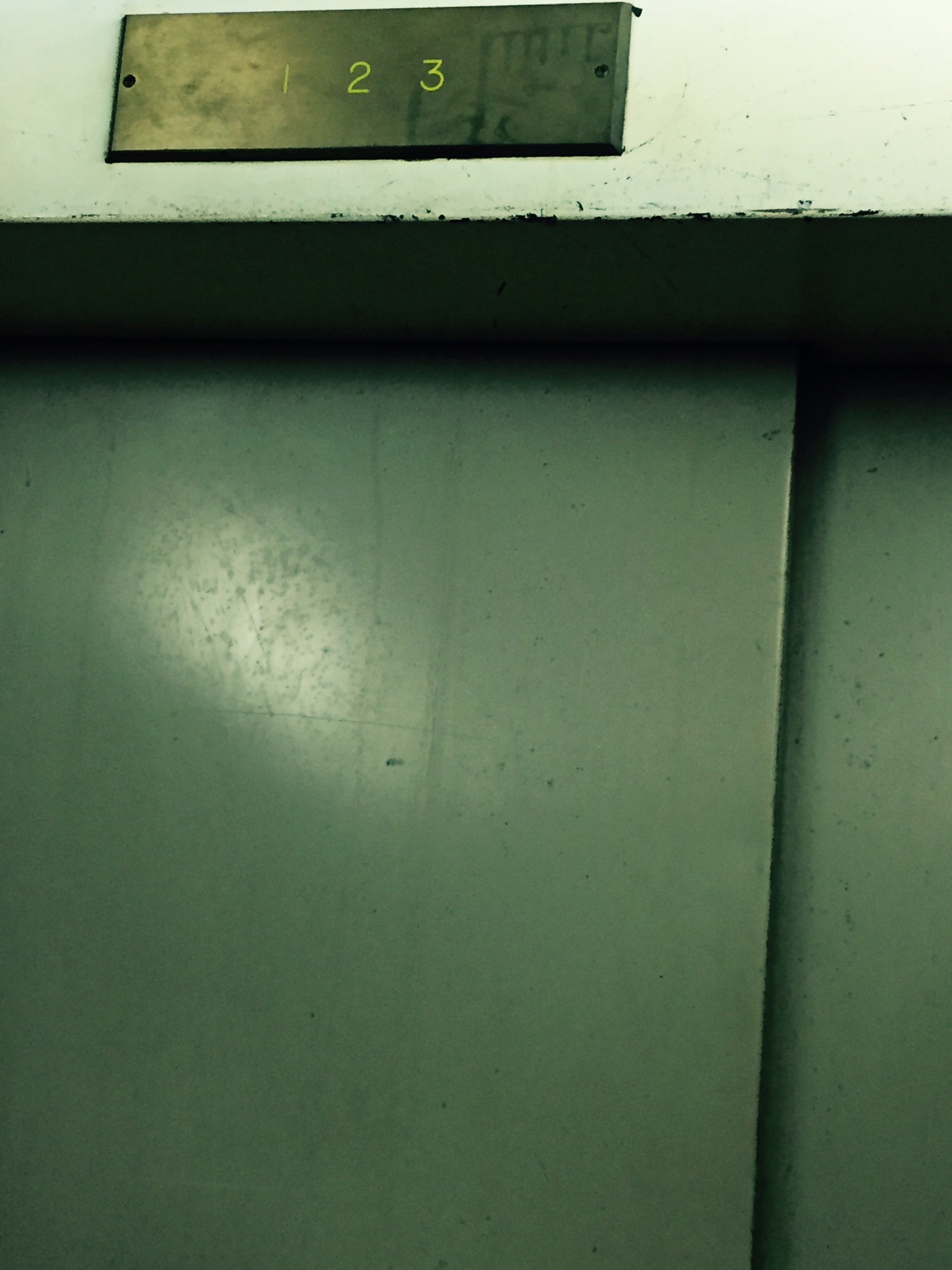
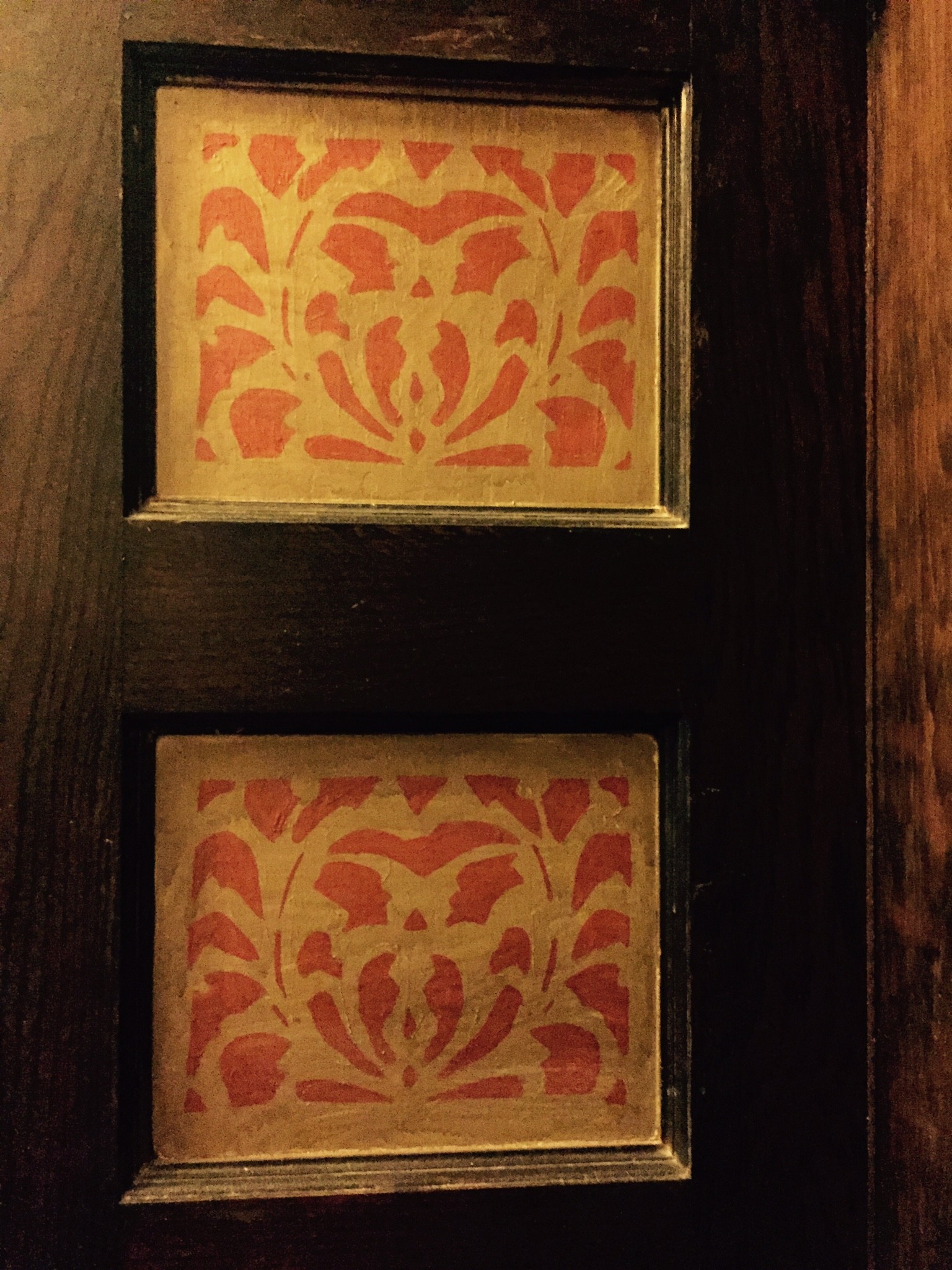
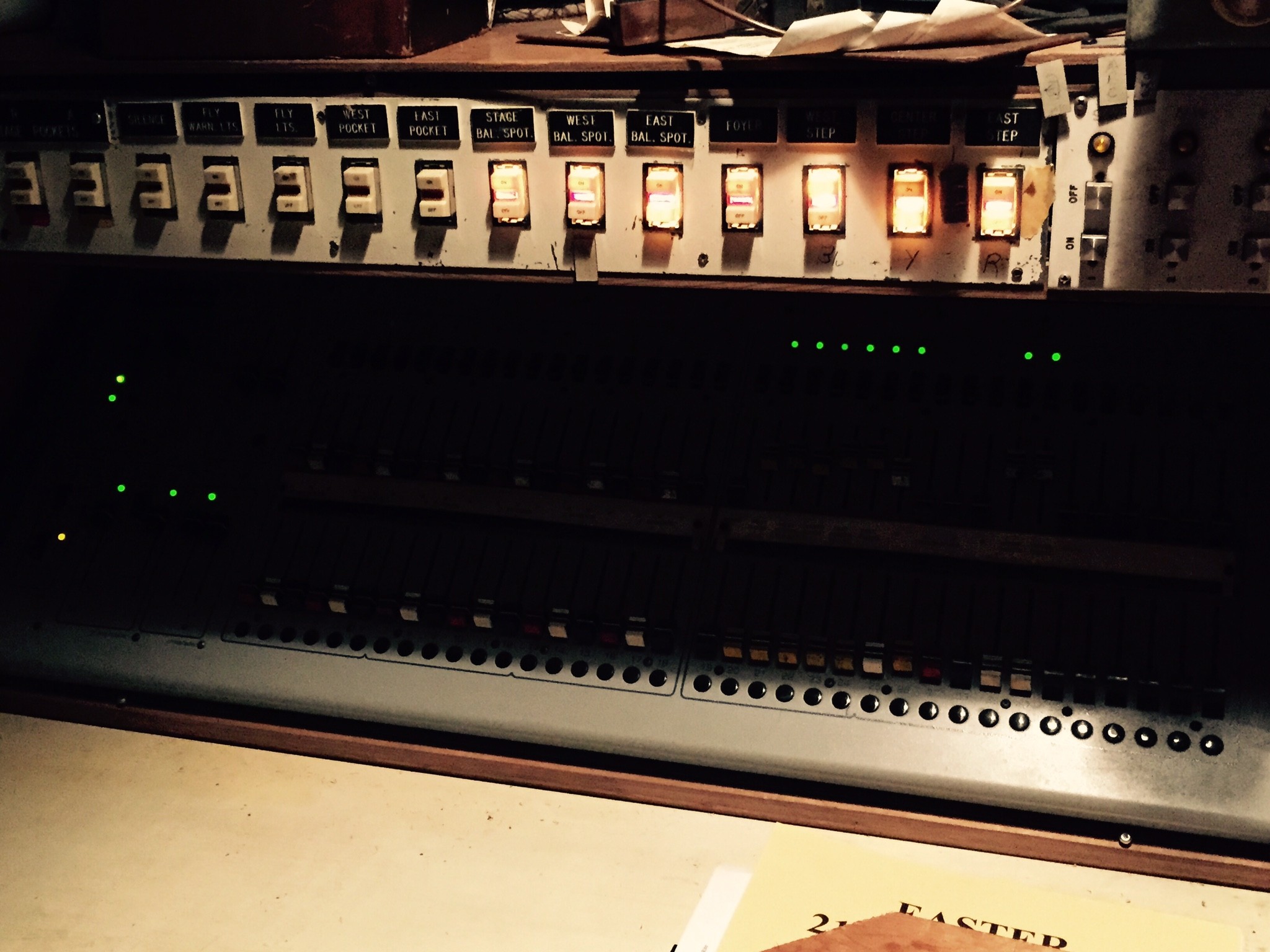
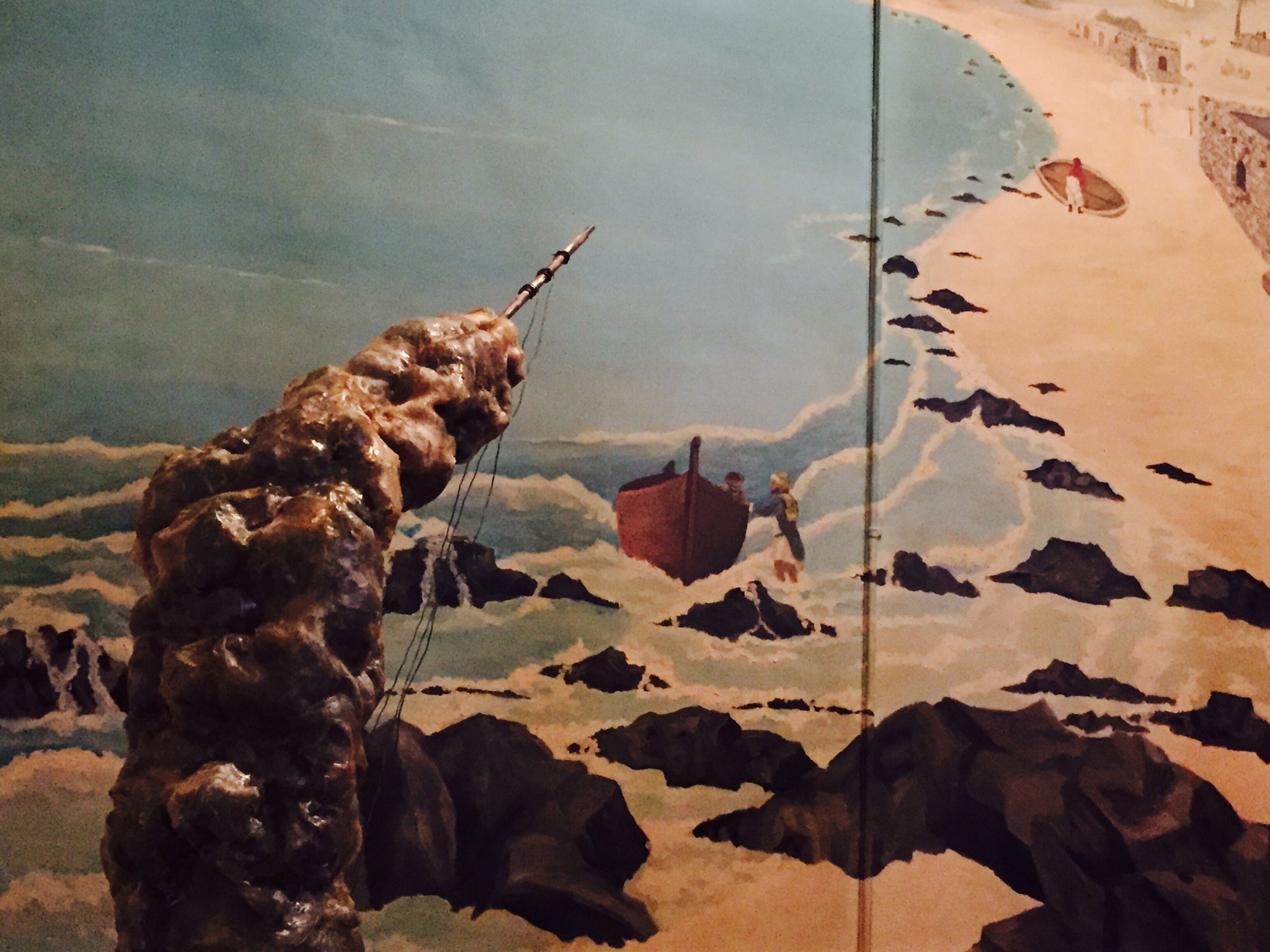
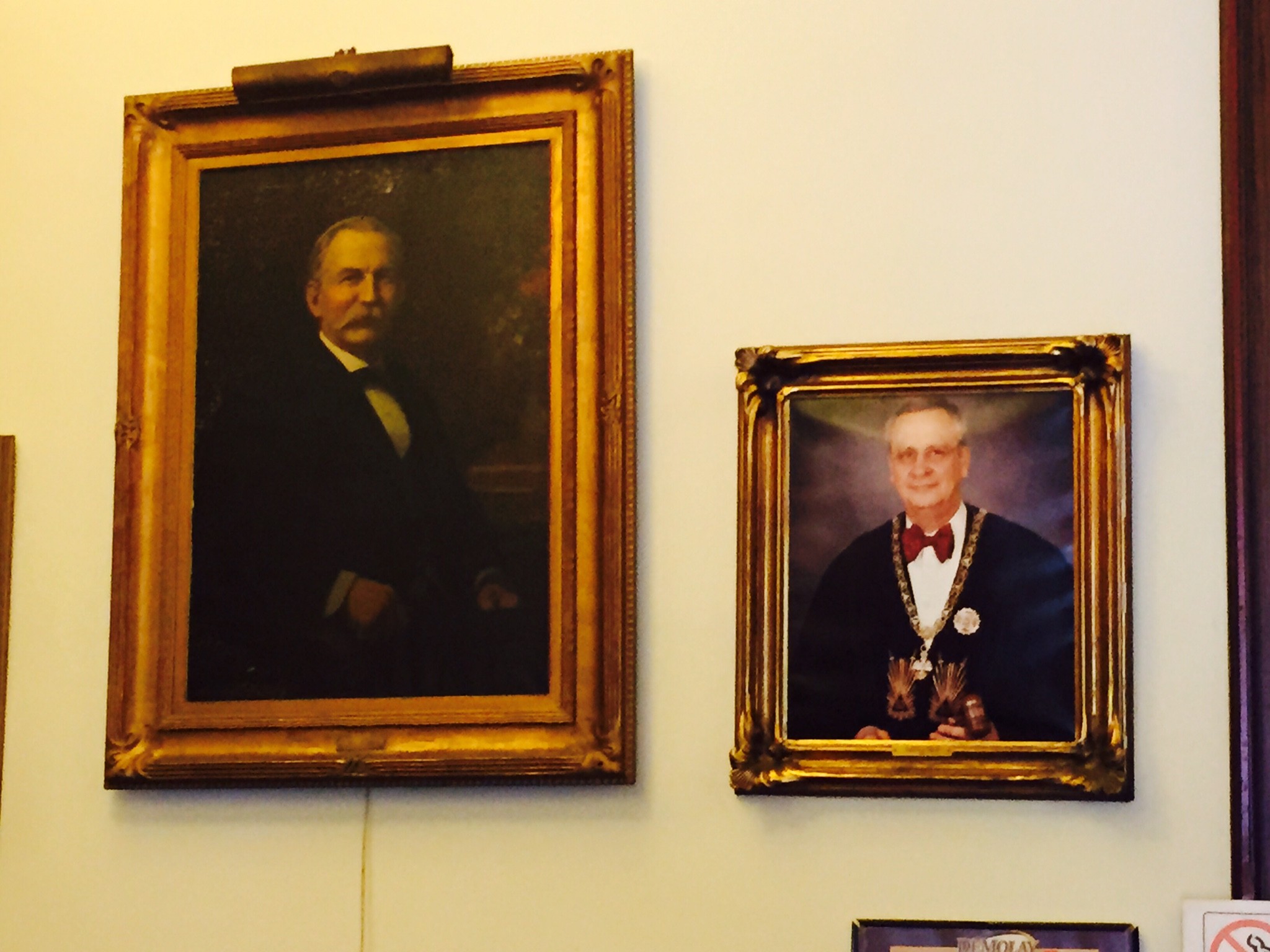
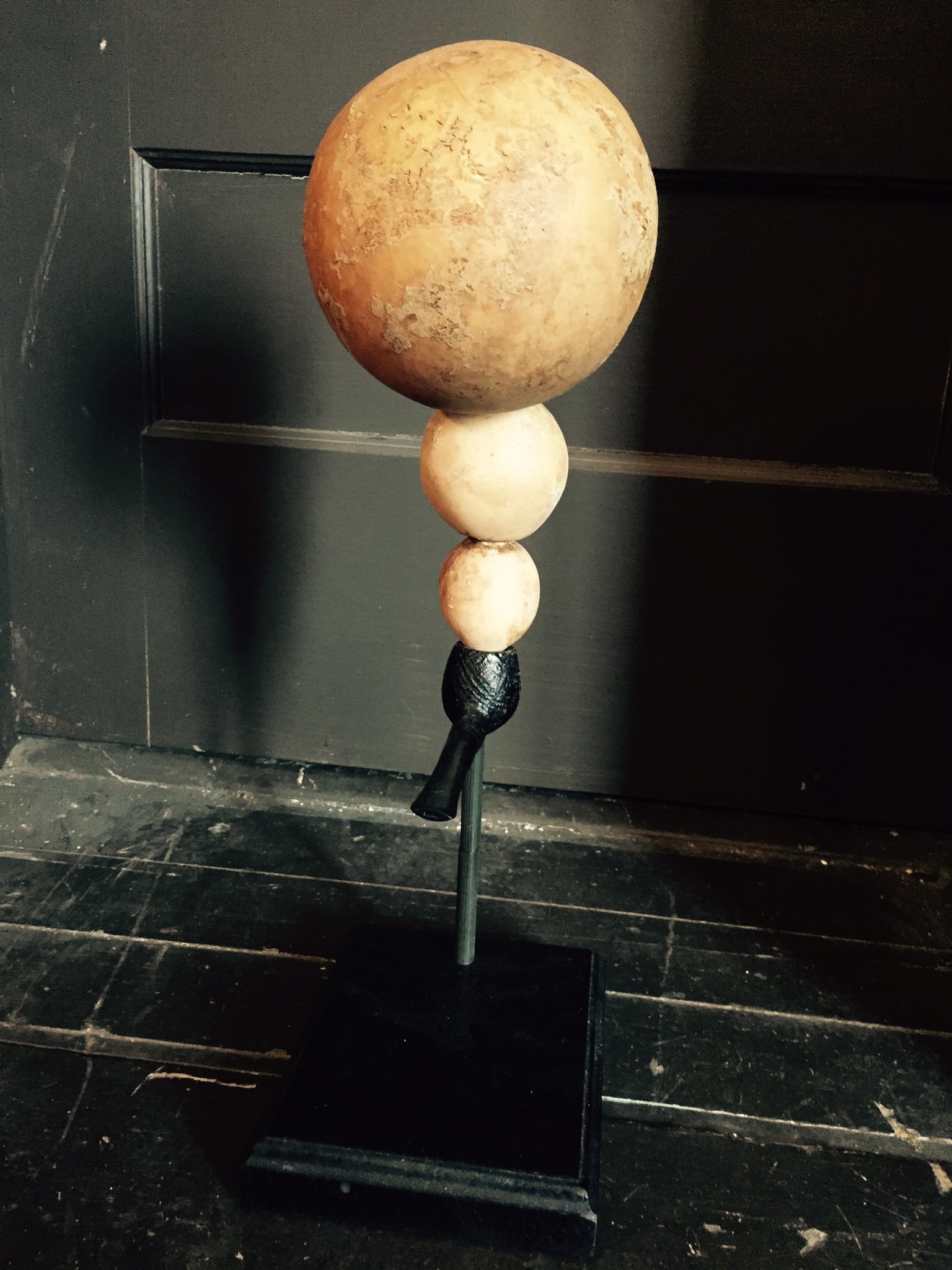
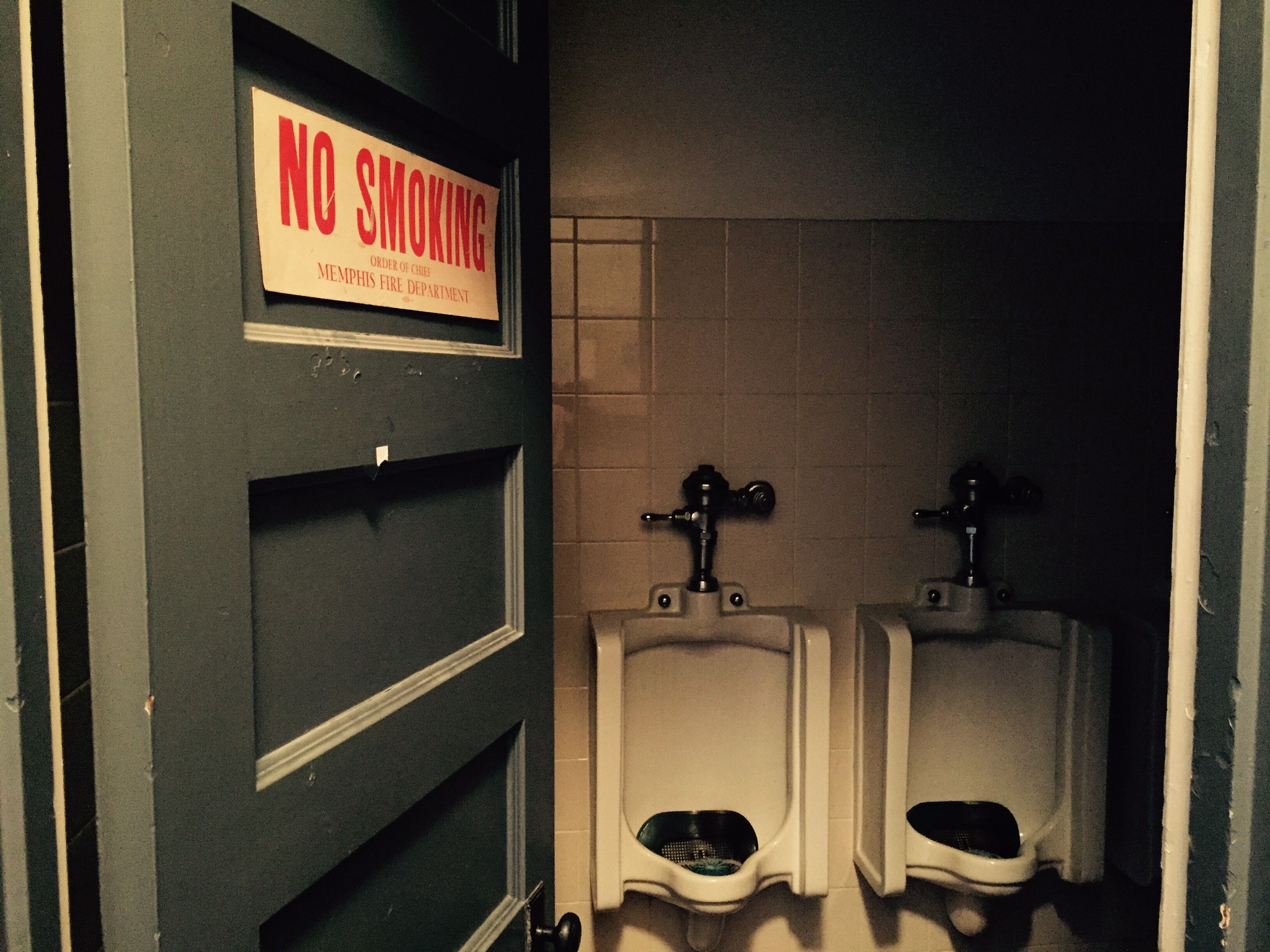
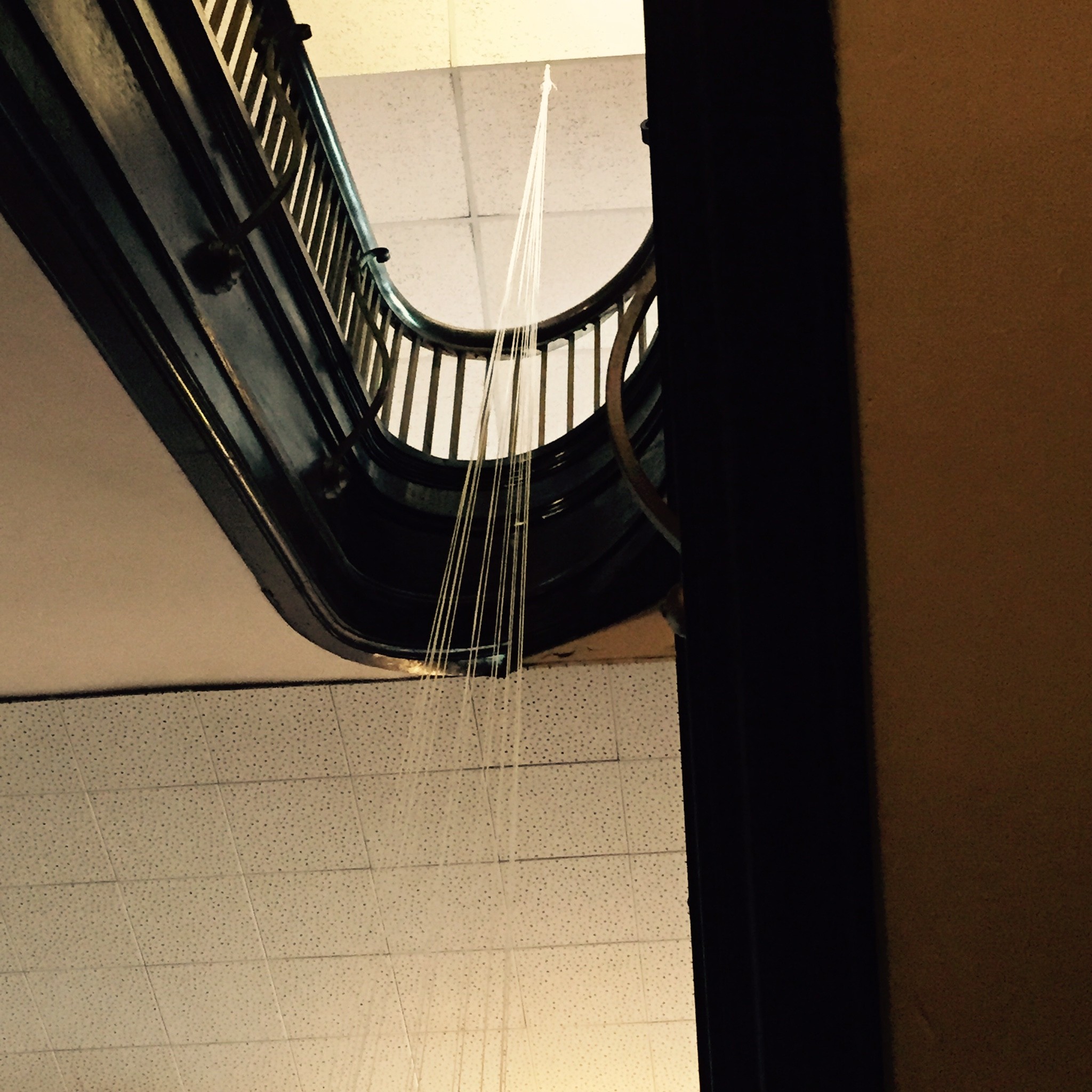
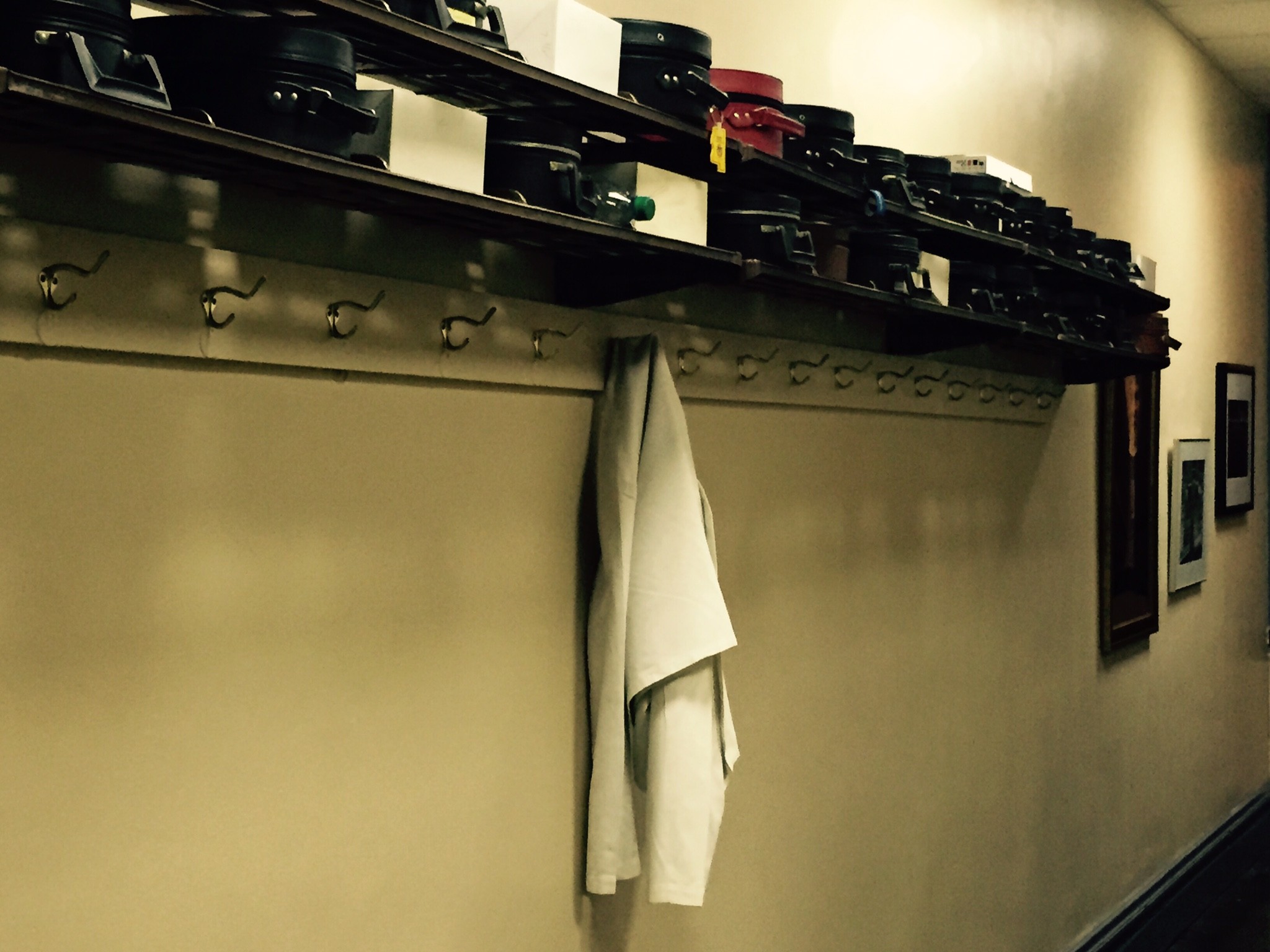
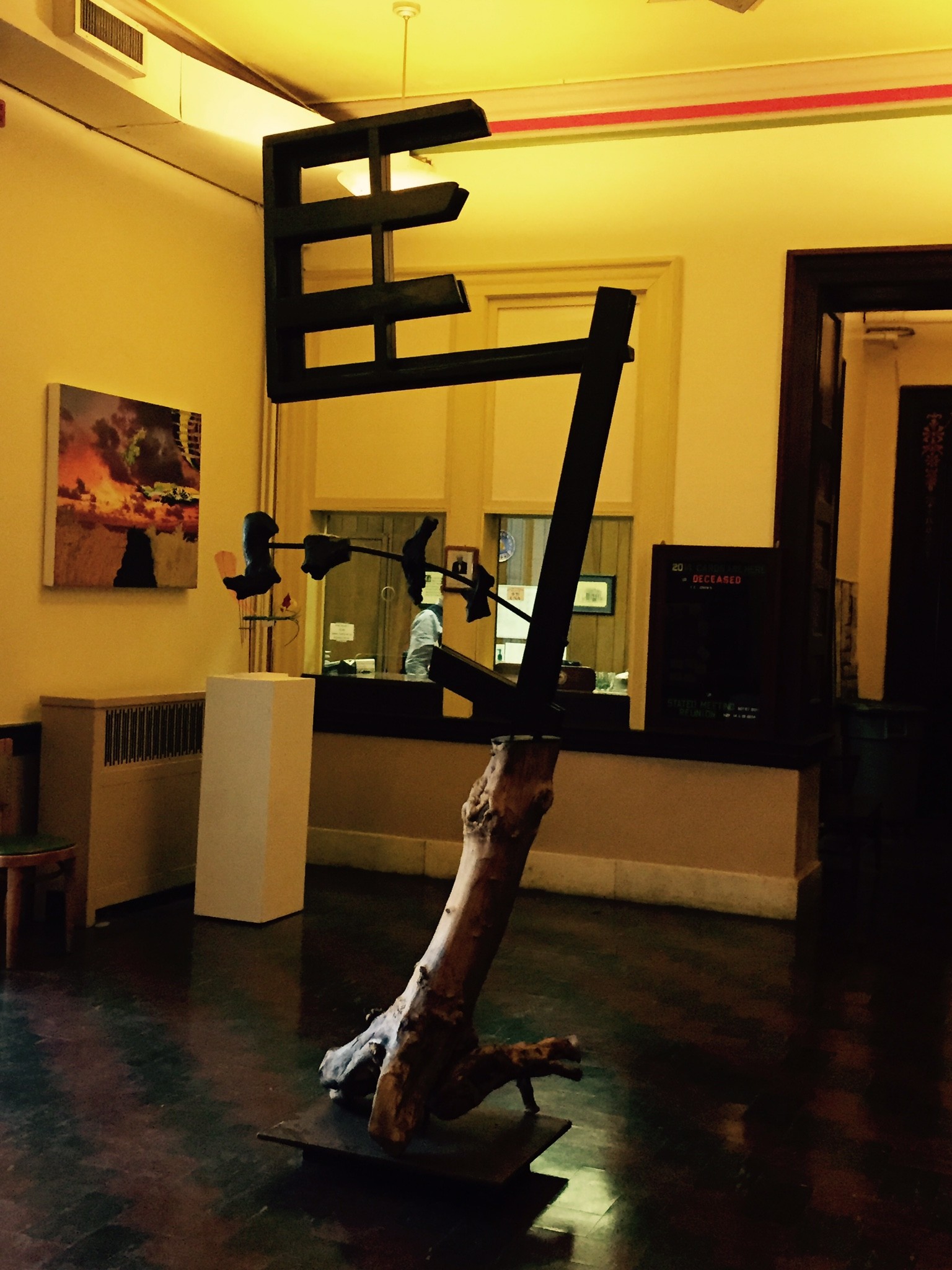
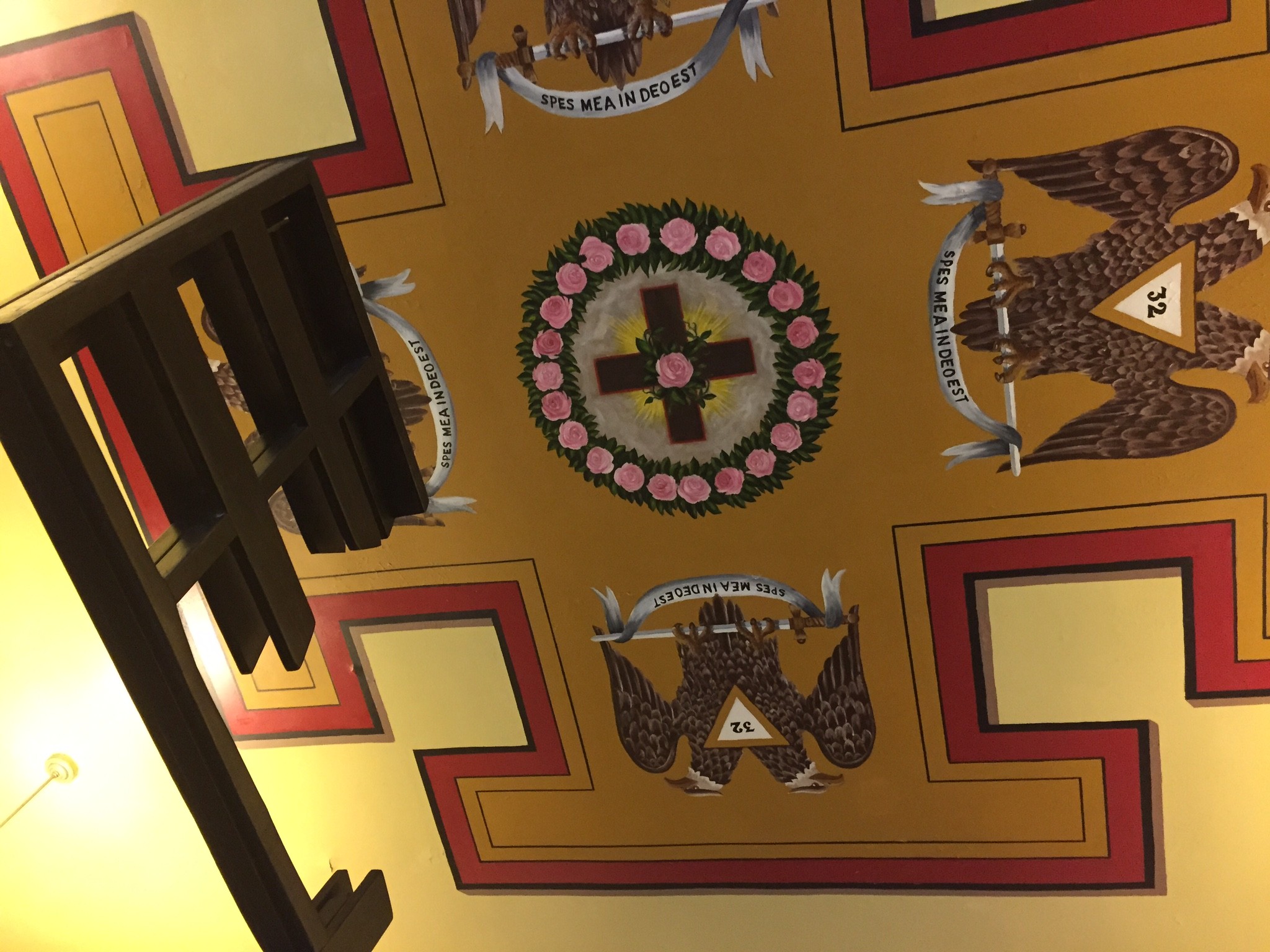
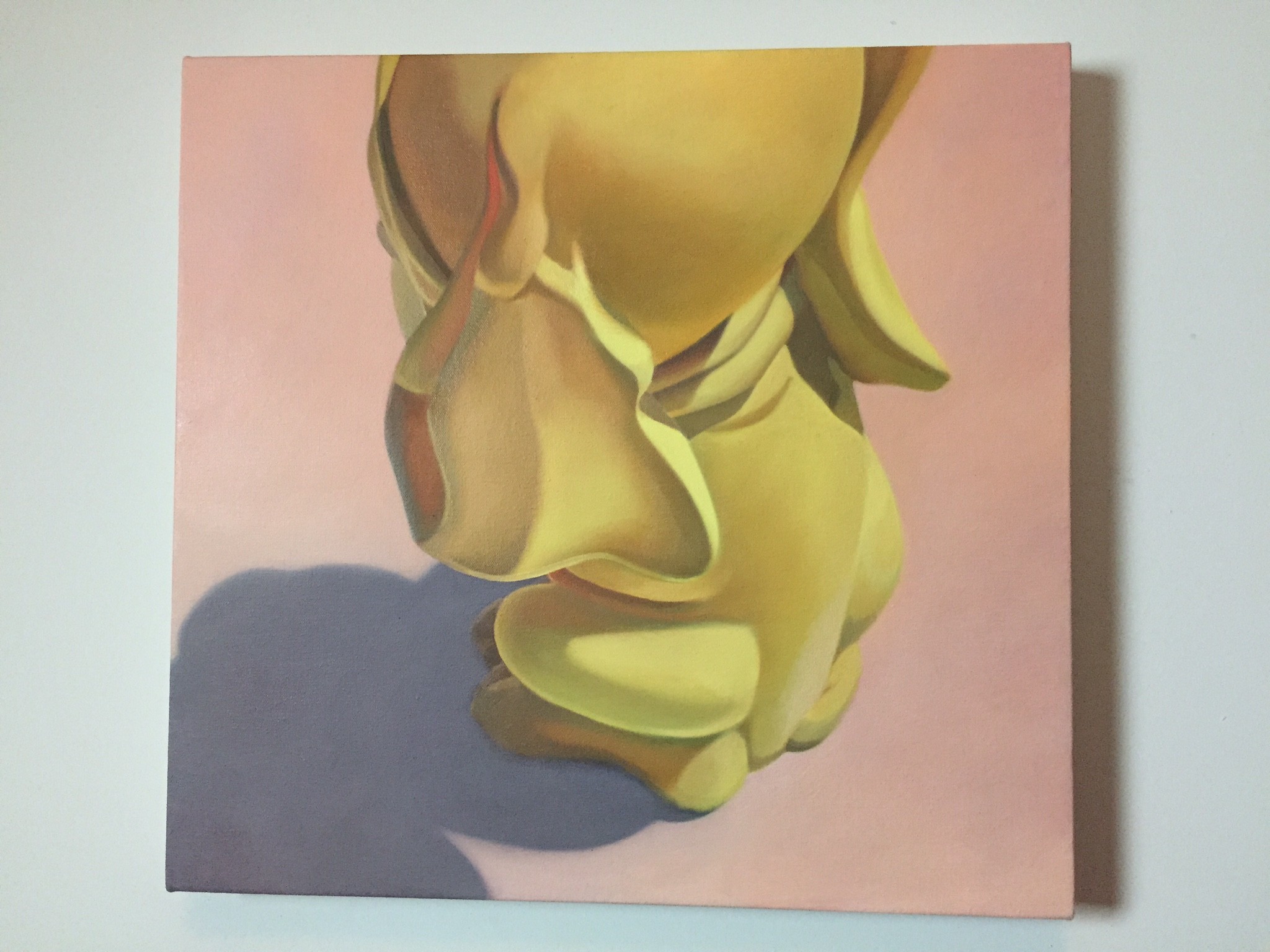
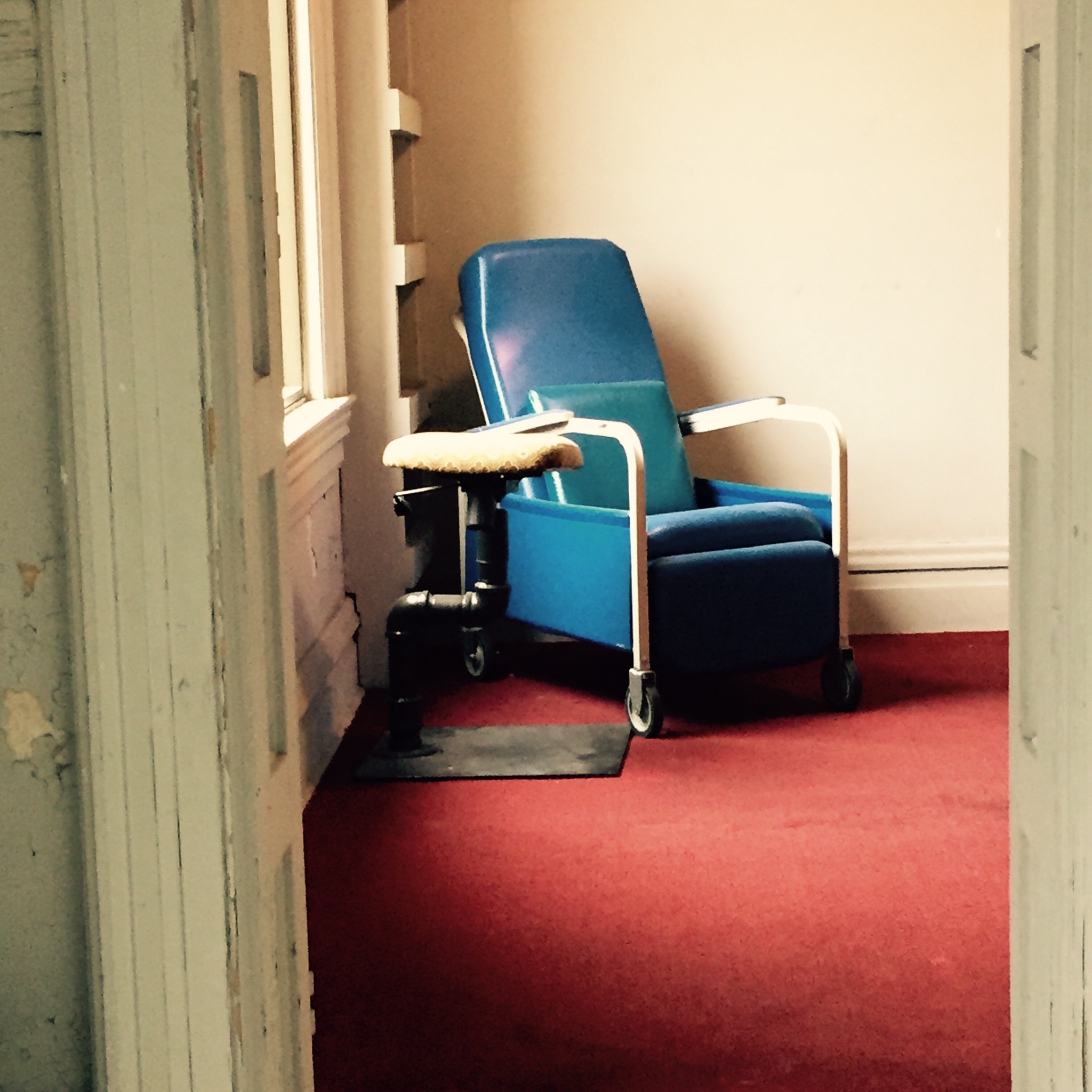
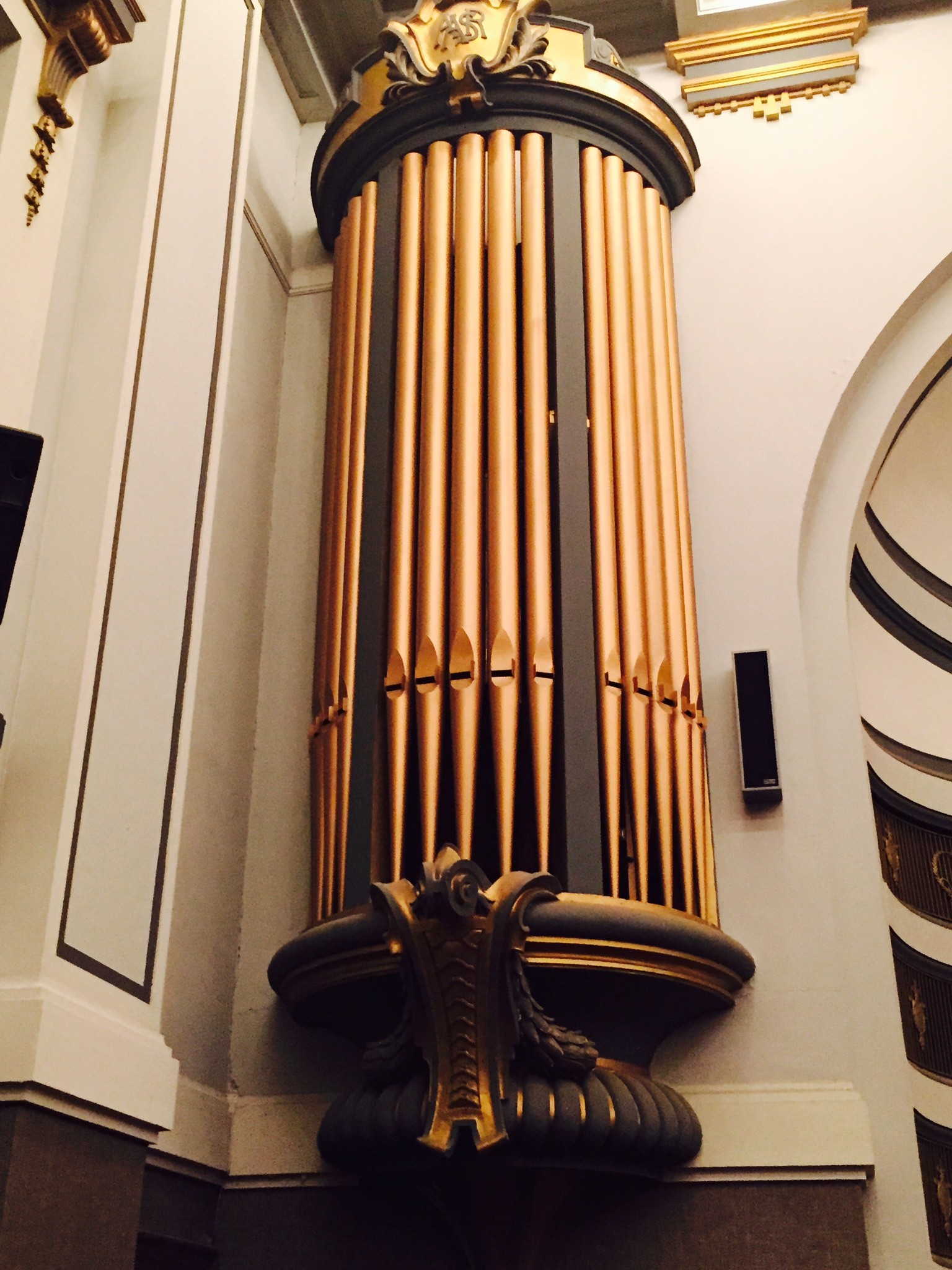
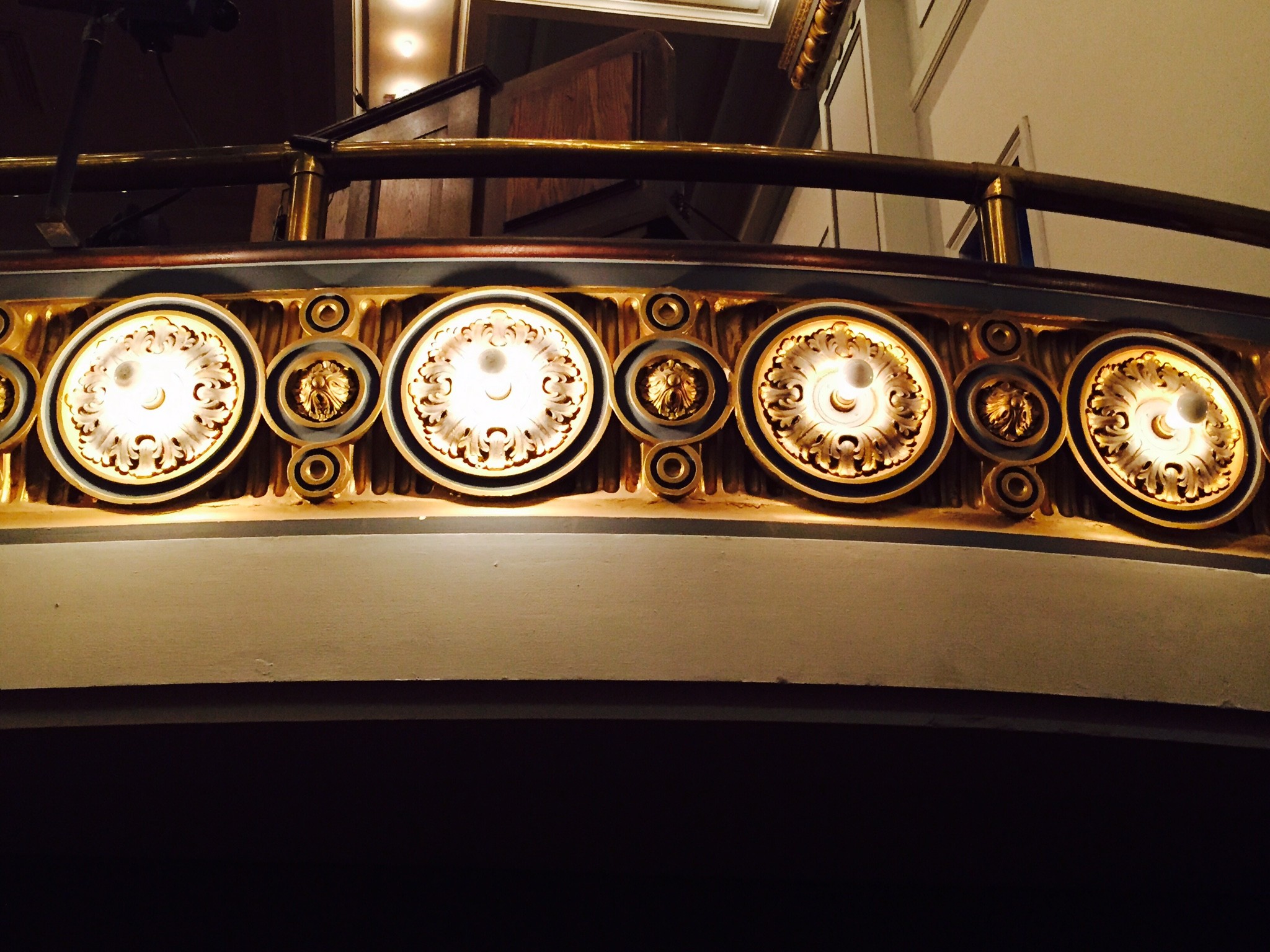
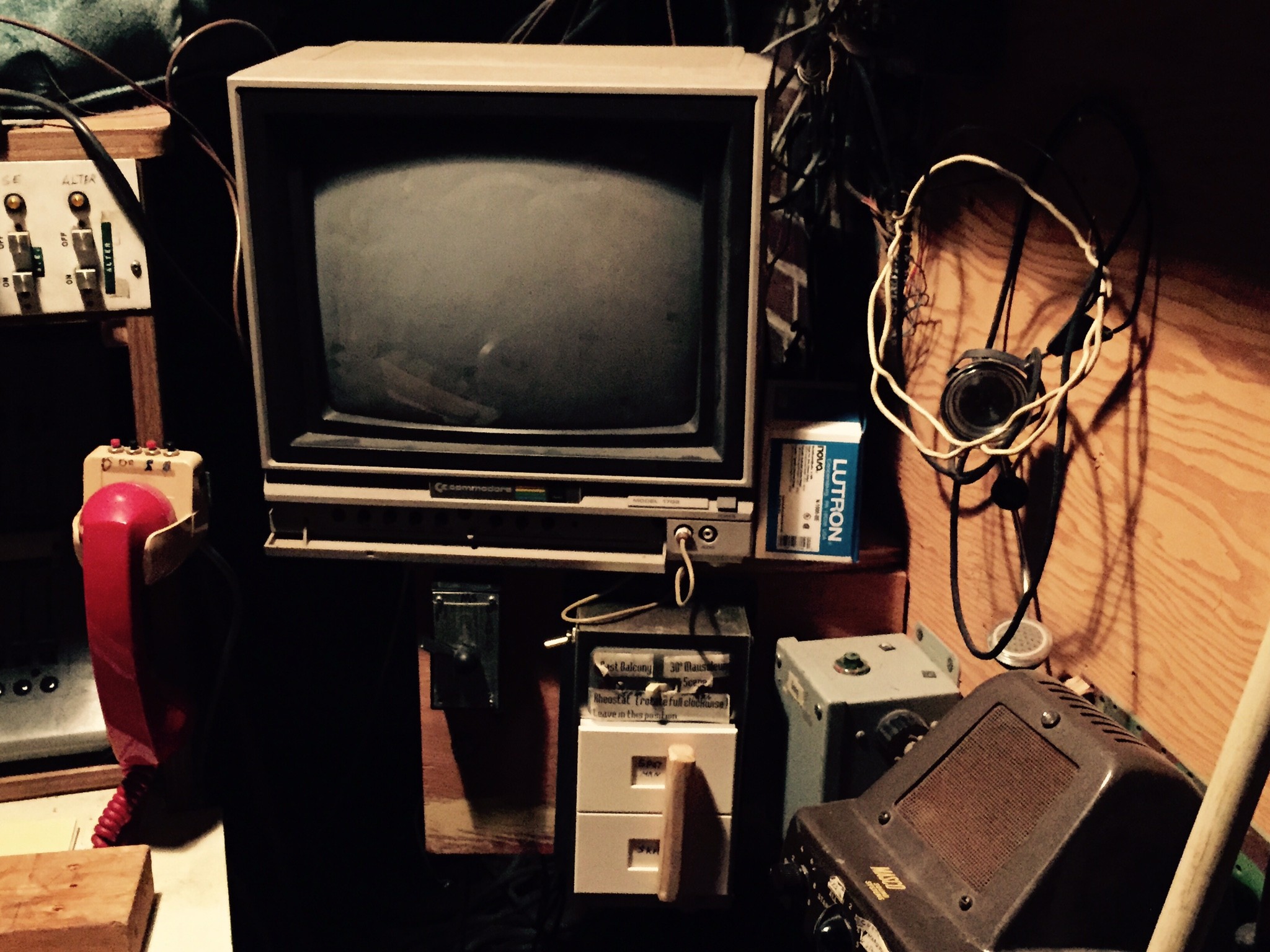
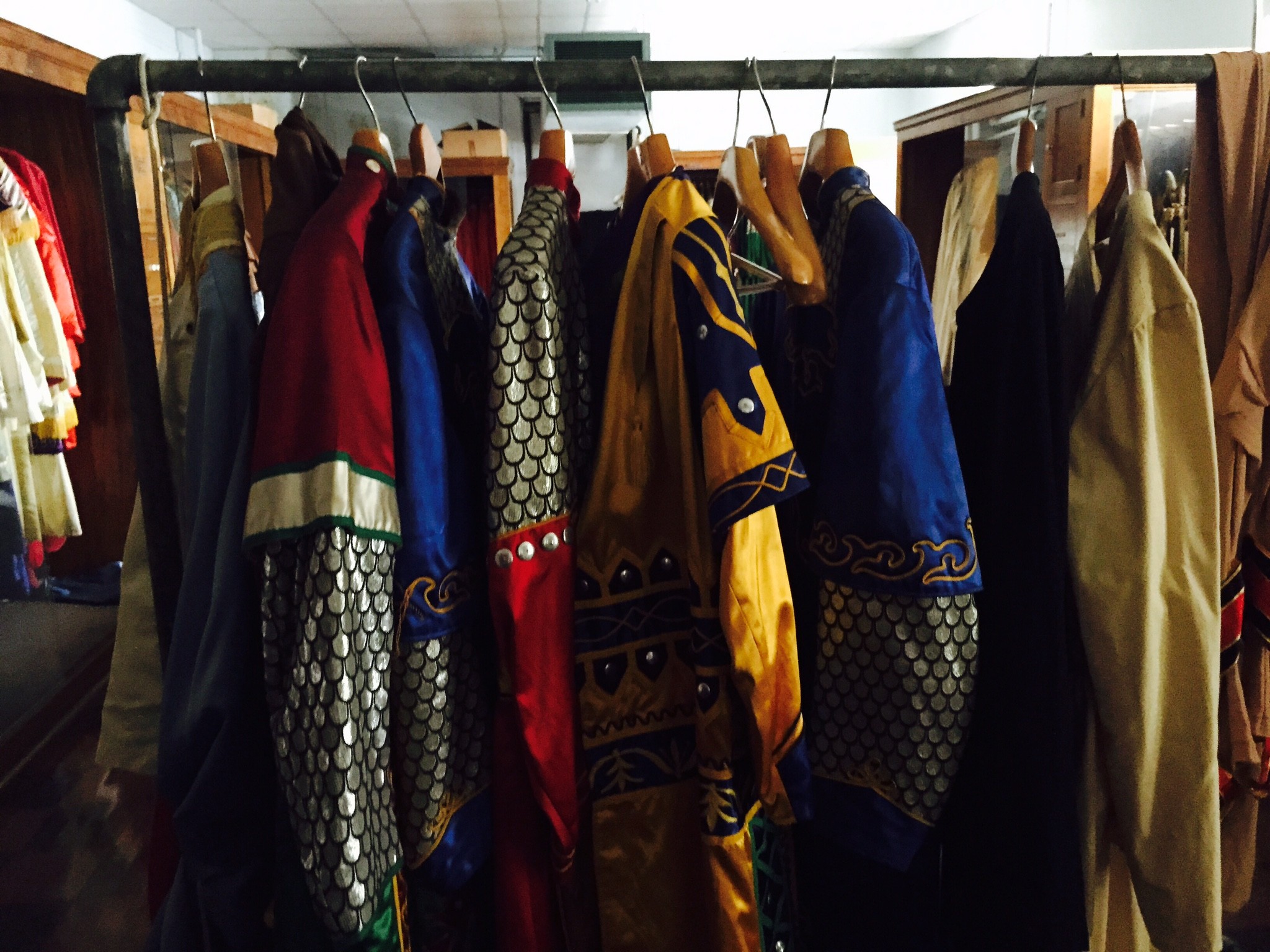
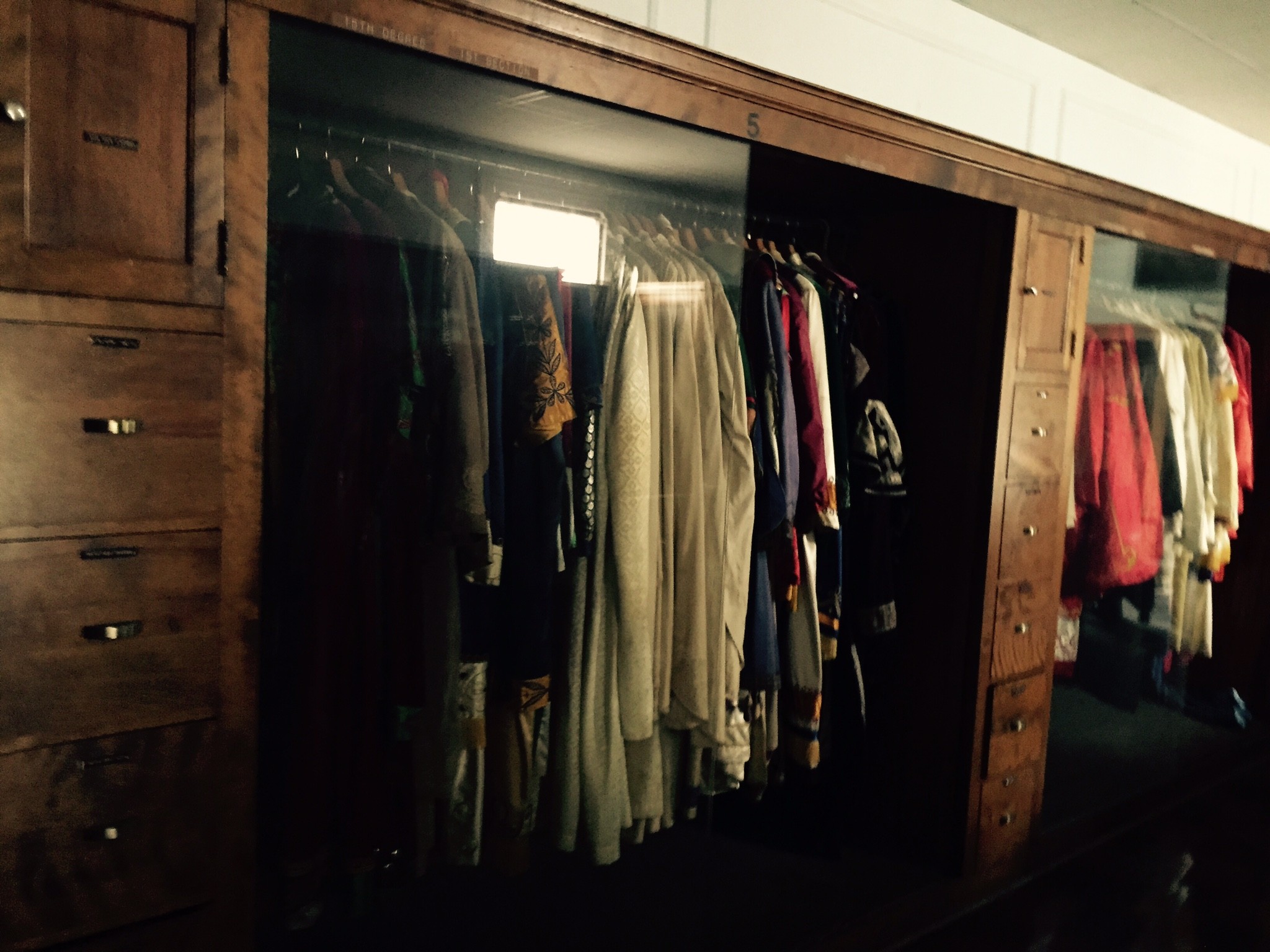

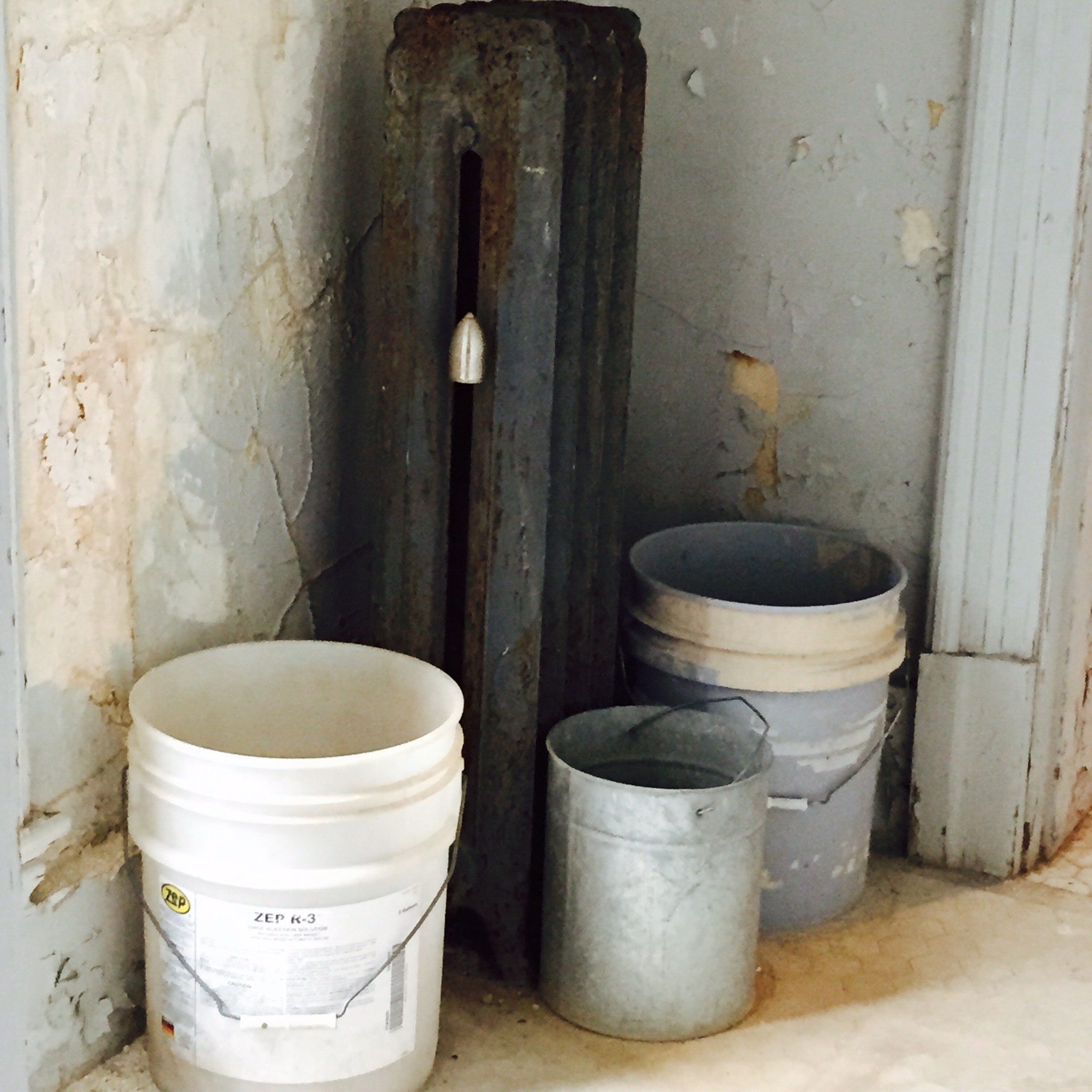
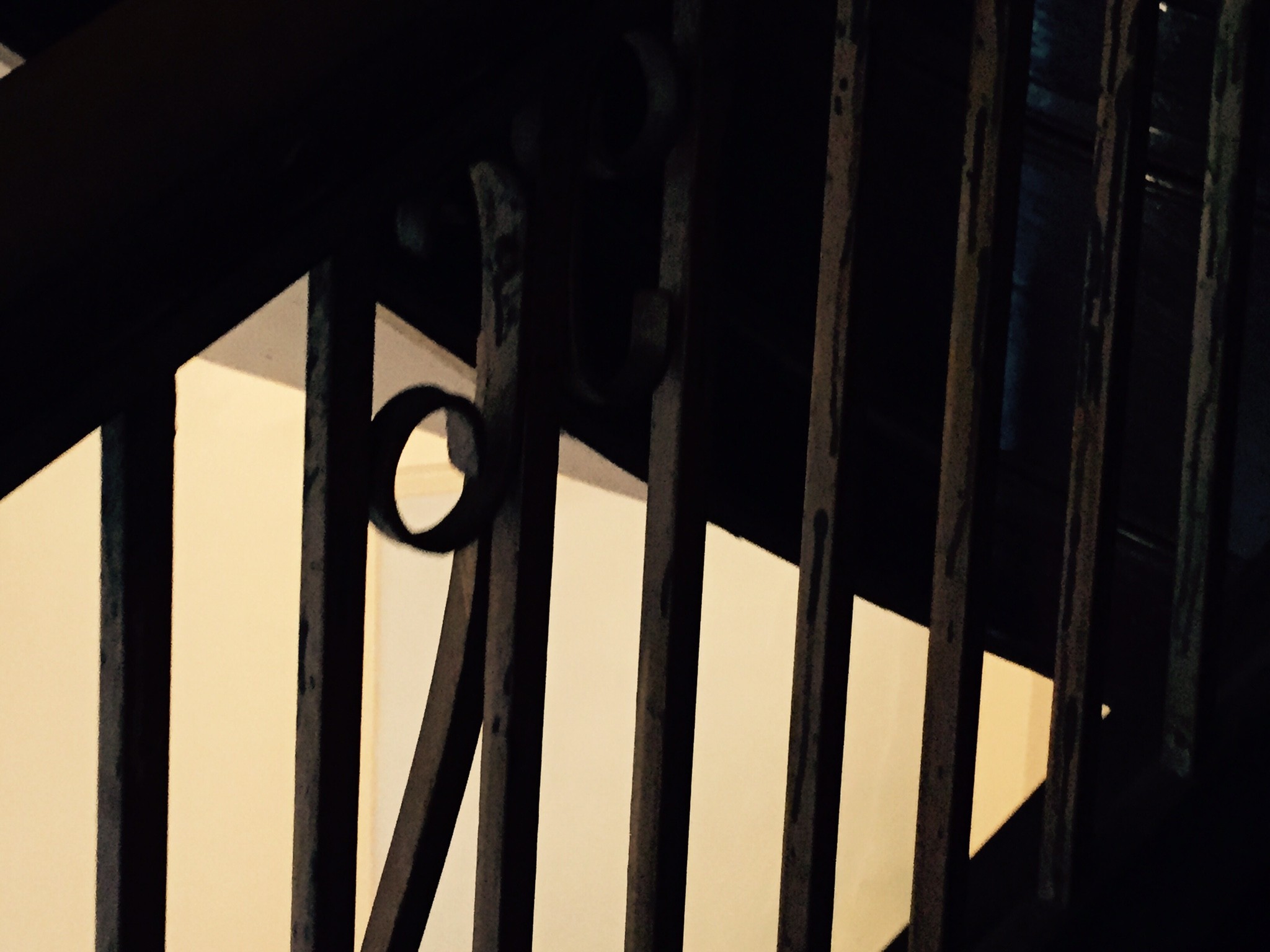
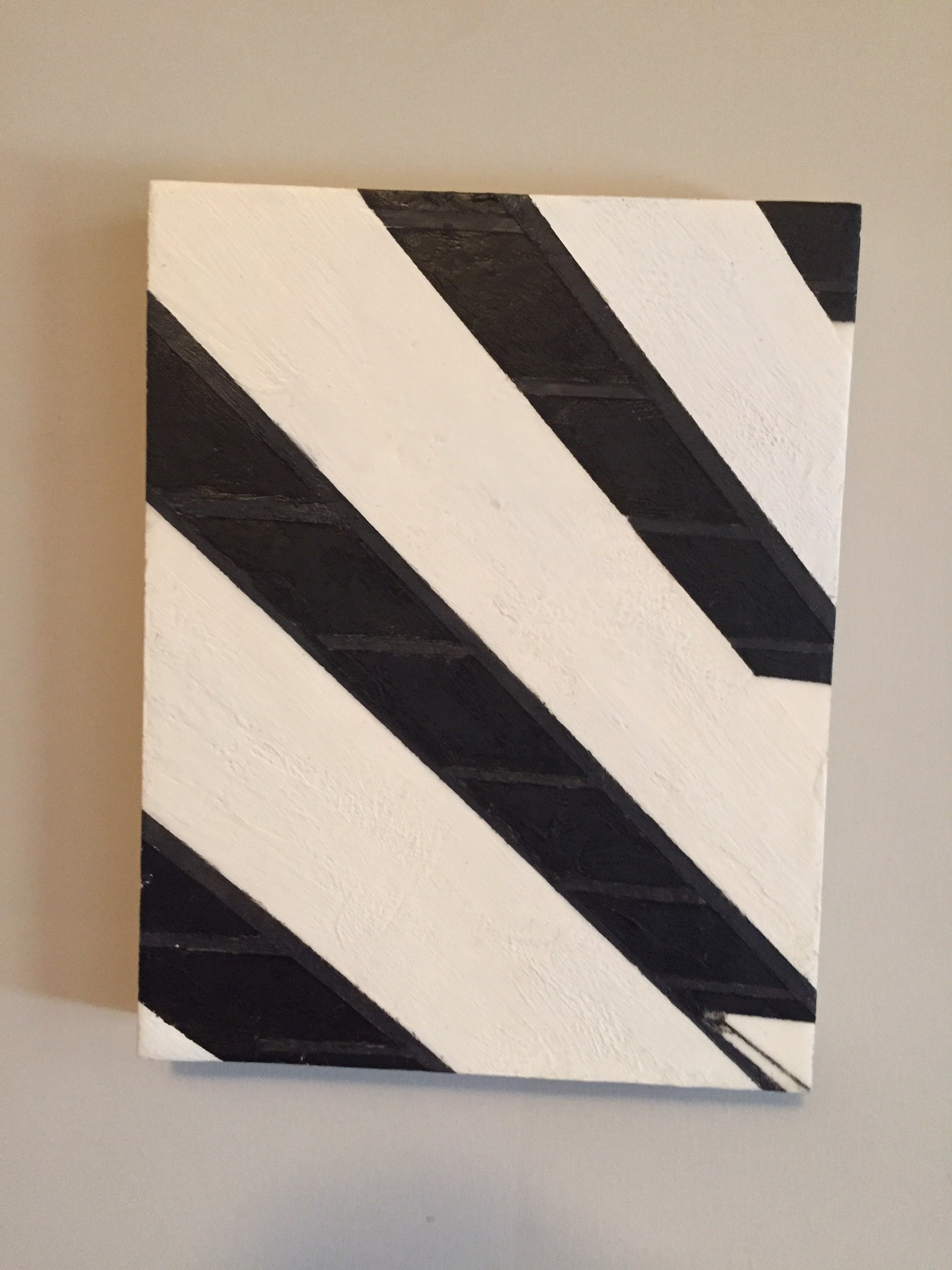
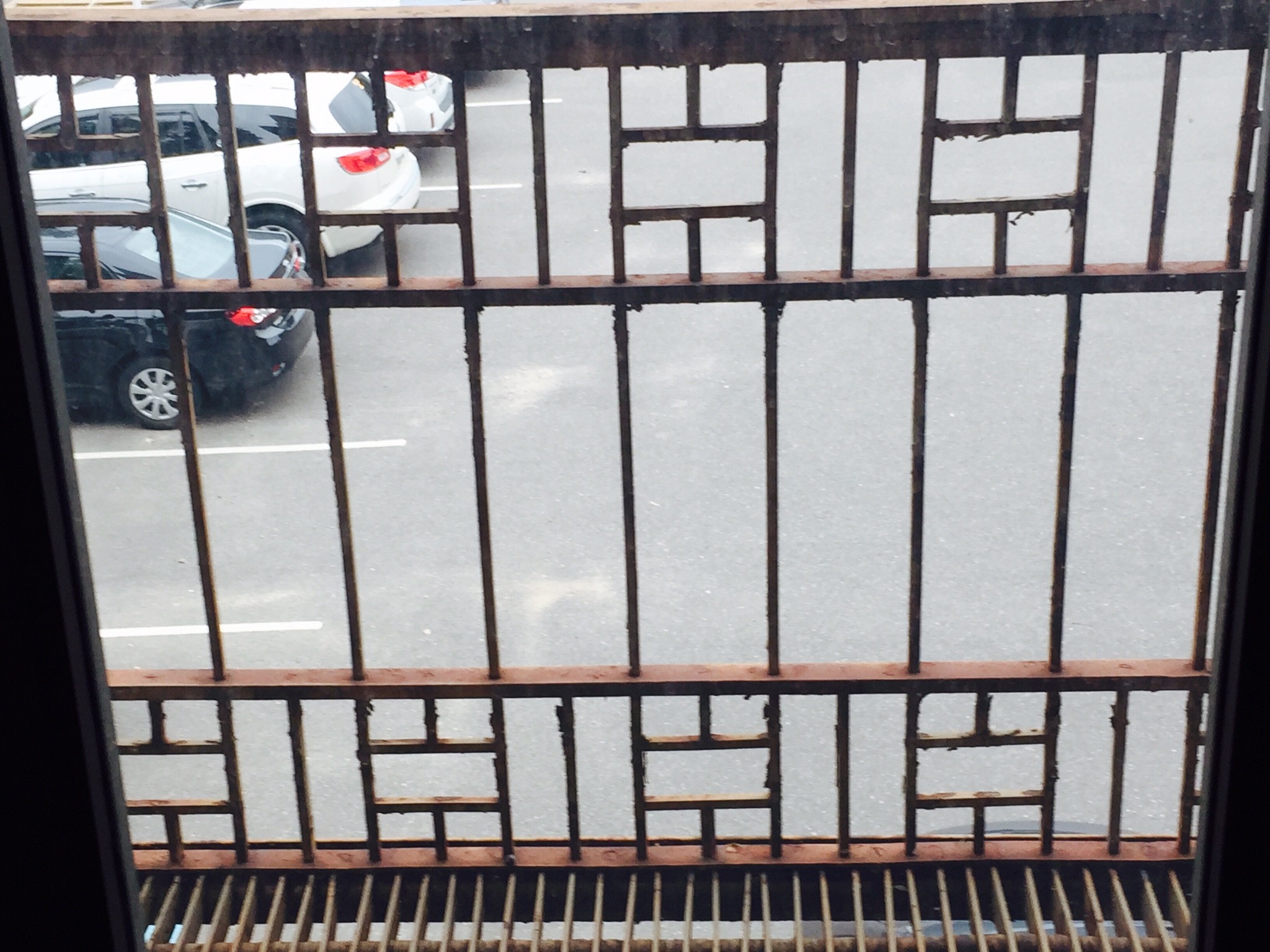
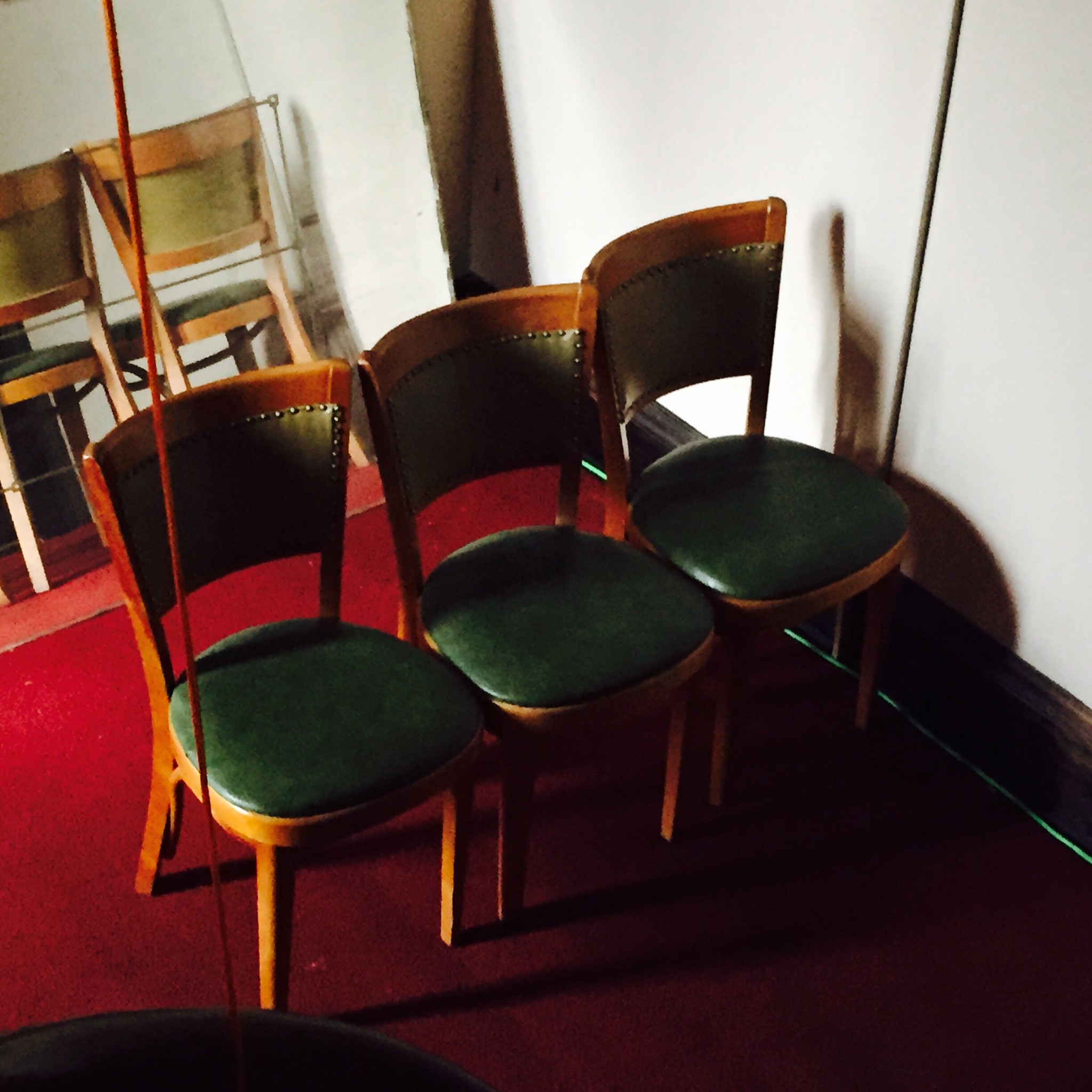
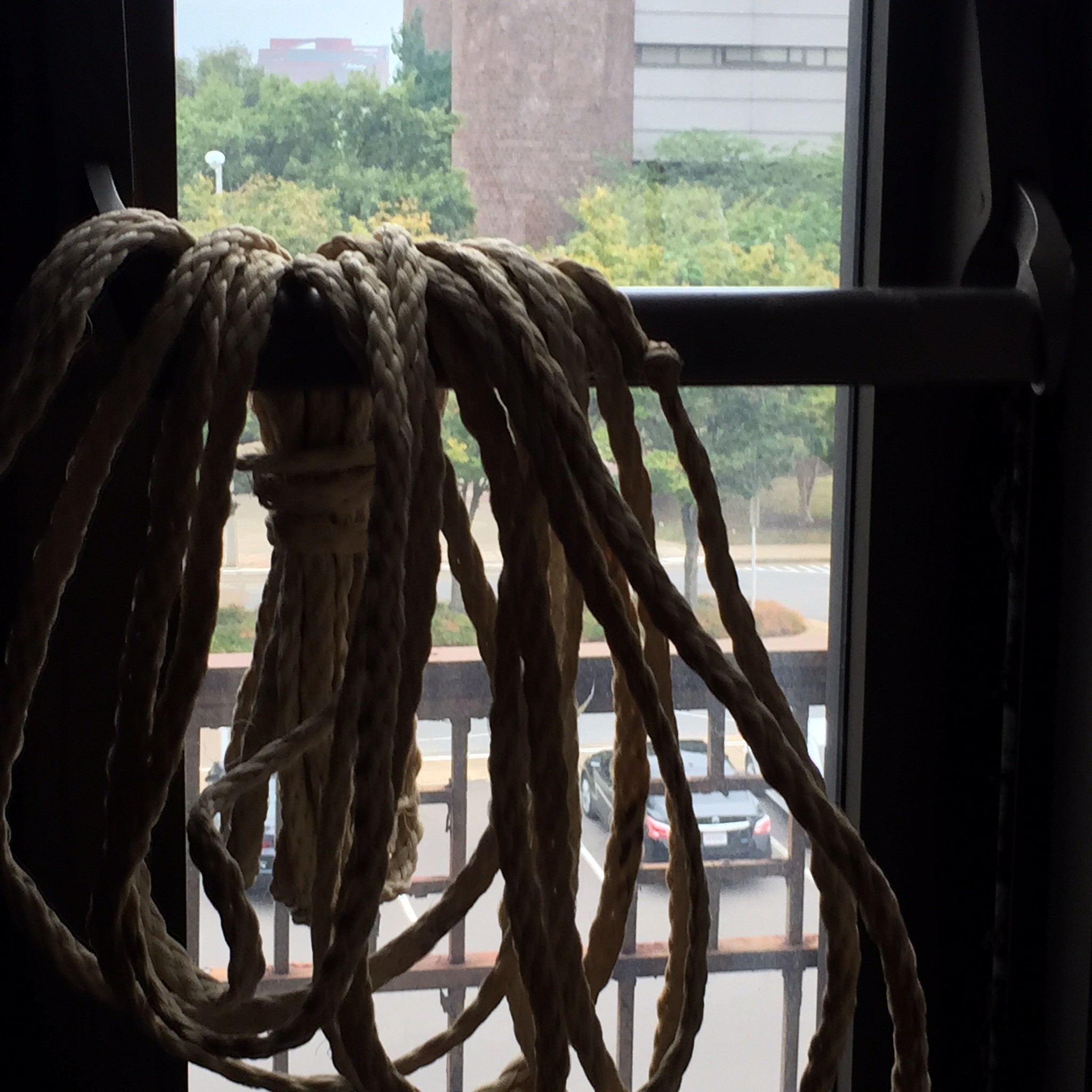
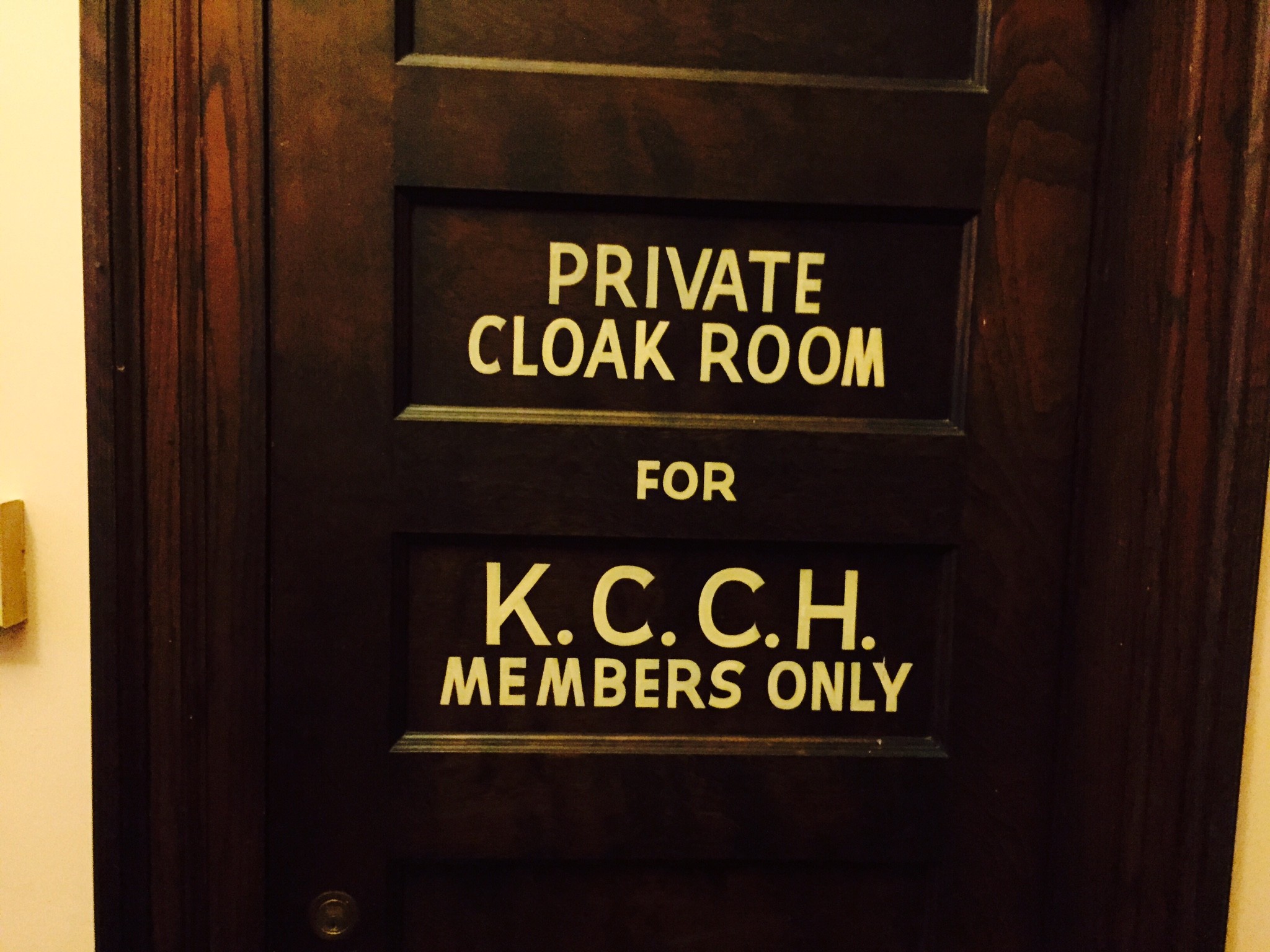
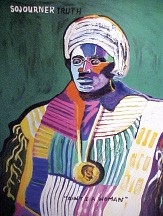
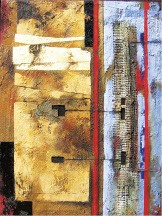
 Gadsby Creson’s installation at the P&H Caf
Gadsby Creson’s installation at the P&H Caf 